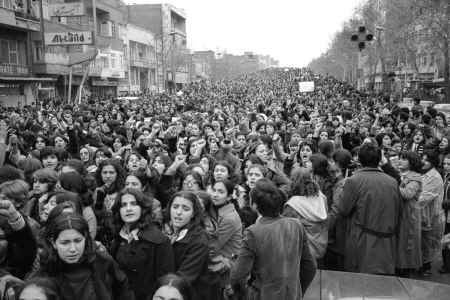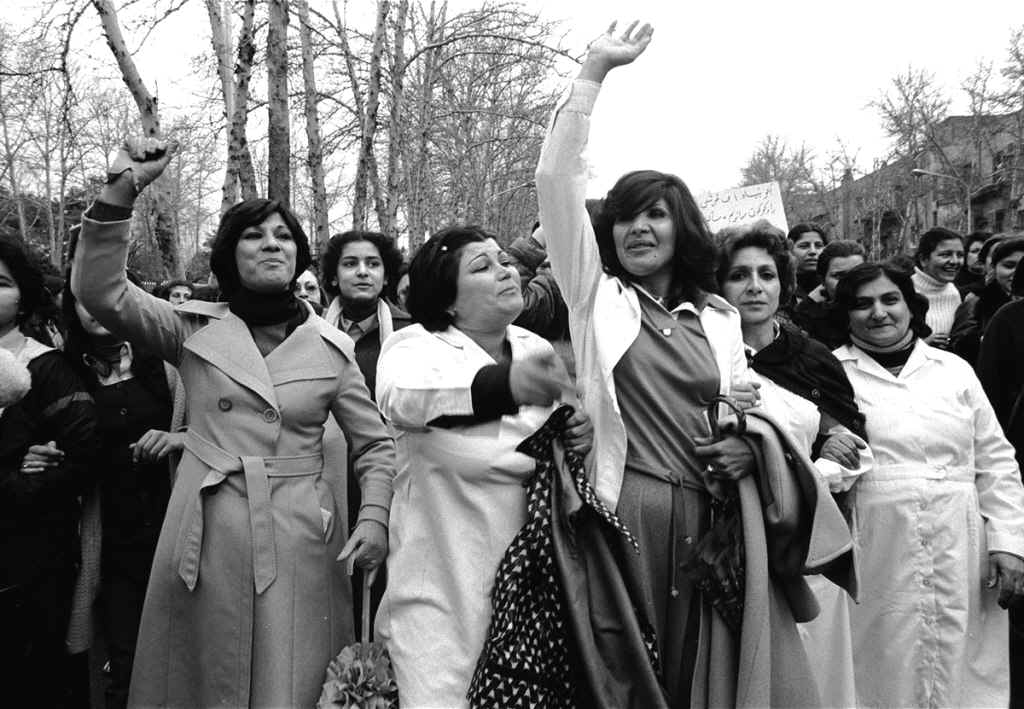|
Charles Gibson, an
eminent Latin American history scholar, once noted that Spain in
America is a substantial subject
in space, time, and complexity it is
a more substantial subject than England in America, adding
it carries an additional difficulty, for English-speaking
students, that it is alien and easily
misconstrued.
Charles Lummis, another historian,
said If Spain had not existed 400 years ago the United States would
not exist today...the Spanish pioneering of the Americas was the largest
and longest and most marvelous fact of manhood in all of history.
Christopher Columbus biographer, Samuel
Eliot Morison stated, our forebears in Virginia and New England
were indeed stout fellows, but their exploits hardly compare with those
of the brown-robed friars and armored conquistadores who hacked their
way through solid jungles, across endless plains, and over snowy passes
of the Andes, to fulfill dreams of glory and conversion; and for whom
reality proved even greater than the dream.
Another ground-breaking scholar who shared
these views was Herbert Eugene
Bolton, a Wisconsin native who
received his Ph.D. in 1899 from the University of Pennsylvania. In 1901
the University of Texas in Austin offered him a temporary position to
fill in for an ill faculty member of European and Medieval studies. The
faculty member later died and Boltons position became permanent.
The move to Texas dramatically changed Boltons career.
He was allowed to teach the colonial history of Texas and went to
Mexico in search of sources. There he discovered untouched documents and
manuscripts that became the foundation of his life-long program of
research and writing in the field that came to be known, in his term,
the Spanish Borderlands. He quickly became the leader in the
field.
Bolton developed two basic concepts to
revise the way in which U.S. history was taught. First, he emphasized
Spains primacy and longevity in the
Southern tier of states especially in the Southwest. Secondly, he urged
U.S. historians to see U.S. history in a hemispheric context and that,
in essence, to properly understand American history a study of the
Spanish influence was necessary to obtain an accurate picture. Needless
to say, many historians disagreed with Bolton seeing the Spanish episode
as a small prelude to the emergence and dominance of England. Bolton
received criticism for his work, but he successfully initiated his
program developing over time many Ph.D. and masters level students who
also became prominent in the field, including Max L. Moorhead and John
Francis Bannon. In 1921 Bolton published The Spanish Borderlands, his signature work and the first of
many books and articles in the field.
In spite of Boltons significant contributions, the history of
Spain in America remains virtually unknown in textbooks and popular
histories. We live in an
English-speaking country with deep Protestant roots, and knowledge of
Spanish history in the United States, which is mostly Catholic, will
remain subordinated for a long time and little appreciated.
Recently the rise of Hispanic genealogical non-profit clubs and
organizations in the United States is bringing to the fore the fact that
Hispanic explorers and settlers in the Americas contributed
significantly not only to the development of Mexico and Latin America
but to the United States as well. One of the most active clubs is Los
Bexareños Genealogical Society from San Antonio, Texas. It
was founded by the late Gloria
Villa Cadena, the wife of deceased Chief
Judge Carlos C. Cadena,
one of the lawyers who won the landmark Hernandez
vs. Texas case before the Supreme Court. The courts positive
ruling gave Hispanics and others the legal right to serve in juries
regardless of national origin. Today several members of the Los
Bexareños club are some of the best researchers of primary archival
material in Hispanic genealogy.
To understand the influence of Spain in
America one needs to begin with a review and perspective of the
historical time periods in the New World. Consider
that by the time Jamestown was founded in 1607, Spain had been in
America for over a hundred years. The English were able to settle on the
East Coast because that area had been bypassed by Spaniards as not
containing enough resources to make it worthwhile. By that time over
200,000 persons of Spanish, Portuguese, and Basque descent were living
in the New World. Within fifty years of the founding of America, Spanish
maritime expeditions had already explored all the coast lines of North,
Central, and South America. Many towns, missions, and cathedrals
existed, and a university was in operation in Mexico City. There
were also missions up and down the East Coast, but few traces
exist because they were built
of wood and straw.
There was a Spanish mission operating about
five miles from Jamestown named Ajacán, established in 1566 and run by
Jesuits. In 1571 a Christianized Native American and half-brother of Powhatan,
named Luis
de Velasco after a viceroy, killed several Spanish priests after
being rebuked for keeping too many wives. He had been born and baptized
in the Catholic faith and went to Spain twice and later to Mexico City.
He spoke Castilian and was on hand to meet the Jamestown settlers. He
helped them with farming, hunting, building shelters, and tribal
relations. He may have also
helped them determine the site of Jamestown. After
reverting to his primitive ways, Luis changed his name to Opechancanough
meaning man whose soul is white. Some historians believe that his
father may have been a Spaniard. The common illustration of savage
Indians coming out of a dark primeval forest to greet the pilgrims,
amazed at seeing white men,
is incorrect and mythological.
Another historical perspective that is not
usually obvious about American history is that the period from the
discovery of America in 1492 to U.S. independence in 1776 consisted of a
period of 284 years. From 1776 to today, 2011, the time span is 235
years. In studying history we forget this fact, thinking that our
history started somewhere shortly before the time of George
Washington. We are
not generally cognizant that significant historical events, mostly
Spanish, occurred during those prior 284 years. But our academic
inculcation of English history tends to consider those times, which are
longer than our modern period, as historical blanks.
Strange as it may seem, the first
settlement in what is now the United States proper was San Miguel de
Gualdape established in Georgia in 1526 by Lucas
Vásquez de Ayollón. Its
exact location is not known. Located in a swampy area, malaria,
unfriendly Indians, and homesickness doomed the settlement from the
start much like the struggle for survival by the Jamestown settlers. Two
other Spanish settlements predated Jamestown in 1607 and Plymouth in
1620. St. Augustine was established in 1565 in Florida by Pedro
Menéndez de Avilés and is still in existence, as is Santa Fe, New
Mexico originally in another site
known as San Gabriel del Yunque founded in 1598
by Juan de Oñate.
The westward Manifest Destiny
expansion in the United States covered a period of perhaps 100 years
from 1790 to 1890. This period has been much glamorized in U.S. history
in books, movies, and television. If one asks an
audiences to mention outstanding persons in this era the answers usually
include Jesse James, Billy The Kid, Sam Bass,
and Wild Bill Hickok,
all outlaws and gunmen from the lower rungs of society. Perhaps
they may remember a more notable group such as Wyatt
Earp, Kit Carson, Daniel Boone, Davy Crockett,
and Buffalo Bill who did
help in some way to settle the West.
However, there was another movement from
south to north in North American history starting in 1521 when Hernán Cortés conquered the Aztecs and gained Spanish supremacy in
what later became New Spain. The following Spanish Colonial Period
lasted until 1821 when Mexico gained its independence from Spain.
This was a period of 300 years presided over by 62 viceroys, in effect
representatives of the Spanish kings. This expansion included two major
northward movements from Mexico City into what is now Texas and New
Mexico. The road to Texas and New Mexico followed what was referred to
as the Silver Trail.
After the fall of
Tenochtitlan, the Aztec capital, the Spaniards fought the savage
northern tribes known as Chichimecas
for control of the territories
in which of the cities of Guadalajara, Guanajuato, Zacatecas, San Luis
Potosi, Mazapil, and Saltillo were later established. The last major
outpost, Monterrey, in what is now Northern Mexico, was founded
September 20, 1596. It was the farthest outpost in the wilderness. To
the north was Texas, the unknown land. Ironically about the same time,
as previously noted, Juan de Oñate
founded San Gabriel del Yunque in New Mexico. The northern movement
continued after Mexico became independent from Spain and all told this
expansion lasted 327 years. It is noteworthy that the two movements
merged in Texas, that of the buckskin-clad frontiersman who met the
Mexican vaquero and, borrowed his ranching knowledge and techniques.
Thus, the folklore of the heroic Western cowboy was born.
What happened in these Spanish and Mexican
periods significantly
overshadows the history of the United States western movement. In New
Spain/Mexico the very same type of events were
experienced in the U.S. east to west migration. The second and
third wave of Spanish, Basque, and
Portuguese conquistadores fought the northern tribes for supremacy in
bloody and costly encounters. Forts
were built to stem the Indian tide and to protect property. Ranches,
farms, and towns were established by settlers, including those for
mining bases, with public officials elected to govern. The Catholic
religious orders established missions and schools and the wilderness was
slowly pushed back. The area triad of town, presidio, and mission was a
unique feature of Spanish settlements established to protect and bring
peace to a populated area.
In a speech before the Alamo in celebration of the Tejano heroes
who fought at the Alamo, Dr. Félix
D. Almaráz Jr., of the University of Texas at San Antonio, noted
that for too long our people have been in the shadows of history.
Some have seen the light and are recognized as Spanish founding
fathers of the Americas, men such as Juan
Ponce de León, Francisco Vázquez
de Coronado, Hernando de Soto,
Alvar Nuñez Cabeza de Vaca, Francisco
Pizarro, and Vasco Núñez de
Balboa. There are, however, many men in the subsequent expansion of
the Spanish empire who are not household names as a result of the
suppression of Spanish and Mexican history in the United States. For
example, The first viceroy in New Spain was Antonio
de Mendoza a capable
administrator followed by 61 others, many of whom were admired for their
competency.
In the colonial period are found many
courageous and outstanding men starting with those
captains who came with Cortés, such warriors as Gonzalo
de Sandoval, Cristóbal de
Olid, Pedro de Alvarado, Francisco
de Montejo and Diego de Ordáz.
Captain Andrés de Tapia,
was not in the immediate formal circle of Cortés, but was in fact his
most trusted and loyal officer. De Tapia reconnoitered the Aztec forces
in one of the most severe battles during the conquest and gave
intelligence information that helped Cortés to ultimately prevail. De
Tapia also wrote a short relación
or chronicle of the conquest. Another, Juan Rodíguez de Cabrillo, became the founder of California. In
later periods can be found secondary conquistadores
Diego de Montemayor founder of Monterrey, Luis de Carvajal de la Cueva governor of Nuevo León, Alberto
del Canto founder of Saltillo,
Alonso de León the Elder, a learned man,
who wrote the first history of what is now the state of Nuevo
León, and his son General Alonso de León
who led the first entradas (expeditions)
into Texas to find Fort St. Louis, established by René Robert Cavelier Sieur de La Salle. Francisco Martinez was de
Leóns French interpreter and later helped found Pensacola, Florida.
Many notable men, too numerous to mention,
can be found in Spanish Texas such as Fathers Francisco
Hidalgo and Antonio Margil,
and colonizers like The Marqués de Aguayo, José de
Escandón and Diego and
Domingo Ramón. Escandons expeditions into Nuevo Santander, (now
Northern Tamaulipas state and
Southeastern Texas) led to the establishment of many towns and missions
in that area. Most important of those towns were the ones along the
present Texas/Mexico border founded between 1749 and 1755. The first was
Camargo founded by Captain Blas
María de la Garza Falcón, followed by Reynosa founded by Captain
Carlos Cantú, Revilla founded by Captain
Vicente Guerra, Dolores founded by Captain
José Vásquez Borrego, Mier founded by Captain José Florencio de
Chapa, and, lastly, Laredo founded by Captain
Tomás Sánchez. Other notables in early Texas were Governors Manuel
Salcedo, Domingo Cabello and Joaquin de Arredondo, Spanish Commander at the Battle of Medina,
later Commandant of the Eastern Interior Provinces.
Arredondo suppressed the first attempt by
filibusters to take over Texas. An army styled the Republican Army of
the North invaded Texas and captured Goliad and San Antonio. This effort
is sometimes referred to in textbooks as the Gutíerrez-Magee Expedition
after its initial leaders Bernardo
Gutiérrez de Lara and Augustus
Magee. Arredondo, at the head of the last Spanish Army to fight in
Texas, met them south of San Antonio at the Battle of Medina, August 13,
1813. It is the largest battle ever fought west of the Mississippi with
over 800 casualties mostly from the rebel ranks. Arredondo took back San
Antonio and stayed for a year executing rebel sympathizers. In his
report to Viceroy Félix María
Calleja, Arredondo praised several of his men for bravery, including
his protégé Lt. Antonio López
de Santa Anna, and Lt. José
Andrés Farías, who led the volunteers from Laredo.
Santa
Anna became familiar with the San Antonio area in this battle
twenty-three years before he laid siege to the Alamo. As the villain of
the later battle, he has been a caricature in Texas history and stereotypically
portrayed in film as a cruel, despotic and mad ruler. He was, in fact, a
very complex person, a capable student of Napoleonic military tactics,
and an abolitionist fighting against, not only rebellious Anglo Mexican
citizens, but other opportunists
who crossed illegally into Texas in search of fortunes and free land. He
was no more brutal than anyone of his time in any country.
The Alamo story is a classic example of
glorified United States history, whose defenders in the battle were
supposedly fighting for Texas liberty. The Alamo was not defended by
soldiers but by merchants and farmers, even abandoned by Sam
Houston and financiers seeking the liberty
of establishing a cotton empire supported by slavery. Santa Annas
generals advised him to bypass the Alamo and go on to Goliad but his
attack, uncharacteristically, was a mistake. Militarily, the Alamo was
inconsequential. Further, had the defenders and their compatriots been
more patient their lives could have been spared. The land-hungry hordes
of Manifest Destiny would have later overrun Texas which Mexico, in its
weak state, could not defend.
In his book Exodus from the Alamo: The Anatomy of the Last Stand Myth,
Philadelphia, 2010, author Phillip
Thomas Tucker uses extensive accounts from the Mexican and American
side to prove that the Alamo defenders did not all die inside the Alamo
in a heroic stand. Santa Anna surprised them in a pre-dawn attack and
some chose to stand, but about 260 men decided to flee and fight another
day running out the back of the mission. They were heading for the
Gonzales road that began in the area south of the Alamo known as the
Alameda. Santa Anna had anticipated such a move and had stationed his
elite lancers commanded by General
Joaquín Ramírez y Sesma to intercept them. All were killed as they
tried to escape and Tucker
proposes that the bodies of the defenders were burned on two sides of
the Alameda because that is where they fell and their bodies
could not have been dragged all the way from the Alamo.
There are other interesting aspects to the history and genealogy
of Hispanics in the New World. A
significant number of Mexican and U.S. Hispanics are descendants of
Portuguese and Spanish Jews, known as Sephardic Jews, who converted
voluntarily or forcibly to Catholicism during the persecution of the
Middle Ages. The Sephardim considered themselves the elite of Jewry in
Spain as the leading scholars, physicians, lawyers, financiers,
mapmakers, and merchants. Many early settlers of Northern Mexico,
particularly in Monterrey and Saltillo were conversos
(converts). Some were
called Crypto-Jews, openly Catholic, but practicing Jewish rites in
secret. They were the main target of the Inquisition, which also crossed
the Atlantic to the New World. A common ancestor is Abraham
Ha-Levi a great literary figure from a prosperous merchant family
from Burgos, Spain. His relative Salomon
Ha-Levi, the Chief Rabbi of Burgos, converted to Catholicism,
changed his name to Pablo de Santa Maria, and was elevated later to Bishop of Burgos.
Another unusual aspect of these Hispanic
settlers is that many of them were descended from the royal houses of
Europe. Early persons who arrived to take over the government of the
land newly conquered by Cortés were personally appointed and authorized
to emigrate by King Charles I of
Spain who was also Charles V,
Holy Roman Emperor. Sensing that Cortés might establish himself as
a king in the New World, Charles quickly sent as officials only members
of his family, his court, or noble families known and loyal to him. The
first four officials to arrive to take over government reins were Tesorero
(Treasurer) Alonso de Estrada,
Contador (Accountant) Rodrigo
de Albornoz, Veedor
(Inspector) Pedro Almíndez Chirinos and Factor,
(Business Agent) Gonzalo de
Salazar. Estrada claimed to be an illegitimate son of King Ferdinand, Isabels husband,
but that is still in historical dispute. Salazar, however, is a
documented example of the ties
to royal lines. His daughter was Catalina
de Salazar, who married Ruy Díaz
de Mendoza from one of Spains wealthiest and most powerful
families and a descendant of Spains King
Alfonso line. She later married Cristobal
de Oñate, Juan de Onates father, who was one of the founders of
the rich Zacatecas silver mines along with three other men, Diego de Ibarra, Juan de
Tolosa and Baltasar de Temiño
de Bañuelos. Another line comes from a descendant of Ruy
Díaz de Vivar, El Cid,
Spains greatest national hero. His
descendants first came to Mexico City and later
passed to Monterrey with the marriage of Joseph
de Treviño de Quintanilla and Leonor
Ayala Valverde. There are numerous descendants of El Cid in Mexico
and the United States.
One more interesting fact, in the general history of the United
States, concerns three Hispanics who were instrumental in the success of
the American Revolution and without whose help our country would
possibly not exist today. Without the contributions of these men perhaps
the United States today would not be a dominant world power but rather a
third world country made up of Spanish, French, and English postcolonial
entities. The first notable person was George Washington, whom historian
Robert H. Thonhoff terms,
the first Hispanic President of the United States, since
Washington descended from Spanish
queen, Eleanor of Castile, daughter of
King and Saint Ferdinand III, who married Edward I of England. Washington was the father of our country, not
only for winning the American Revolution against enormous odds, but for
chairing the constitutional
convention that produced the greatest document of freedom in the world.
As our first president he set a standard and protocol for the office
that exists even today. Some historians consider him to be the greatest
man born in the last thousand years worldwide.
The second notable Hispanic hero of the
American Revolution was Bernardo
de Gálvez, who, in effect, was in command of the Southern Front in
the Revolution, although as an ally. He was field marshal of all the
Spanish armies in America. His successful performances enabled
Washington to concentrate his efforts in the East while George
Rogers Clark, with Spanish help also, fought on the Western Front.
Gálvez first came to the New World with his uncle, Minister of the
Indies José
de Gálvez, who was charged with improving Spains fortifications
and administration in New Spain. His power was second only to King
Carlos III. Bernardo
arrived in Mexico in 1765 and became commandant of the army of Nueva
Vizcaya. He had already served in a campaign against Portugal and later
fought in France and Algiers. He fought the Apaches on the frontier and
once was wounded with a lance that pierced his chest. The Apaches left
him for dead but he miraculously recovered. In January 1777 he became
Governor of Louisiana. Spain did not enter the American Revolution until
May 1799 but Gálvez and his predecessor,
Luis Unzaga, supplied early aid to the rebel forces through private
merchants.
One day Unzaga received a letter from General
Charles Lee, Washingtons second in command, that Fort Pitt was
under siege and desperate for help. In an anguished plea, Lee closed the
letter by stating, in the name of humanity, please help us! Unzaga
sent food, medicines and, by one account, over 10,000 rounds of
ammunition. The supplies went up the Mississippi and the Ohio River.
They arrived in time and Fort Pitt was saved. Spains contributions to
the Revolutionary War effort have been minimized but in fact Spanish
financial aid and supplies enabled Washington to win the war. As an
example, in one shipment on September 1776 Spain contributed 216 brass
cannon, 209 gun carriages, 27 mortars, 29 couplings, 12,826 shells,
51,134 bullets. 300,000 boxes of gunpowder. 30,000 guns with bayonets,
4,000 tents and 30,000 suits.
Since Gálvez had served in the Northern
Spanish Frontier, he knew of the tremendous herds of cattle in Texas,
which were then sold mainly for hides and tallow. He requisitioned beef
for his forces from Texas ranchers, primarily those that operated
between San Antonio and Goliad along the San Antonio River. Besides
cattle that belonged to the Spanish missions, large herds were
maintained by private ranchers, with surnames such as Leal, de la Garza, Tarin,
Piscina, de Arocha, Montes de Oca,
Seguin, Martínez, González, Chapa, Gutíerrez, Rodríguez, Gortari, Delgado,
and Rivas. The descendants of these ranchers are qualified to become
members of the Sons of the American Revolution. One hundred years before
the famous cattle drives from Texas such as the ones up the
Chisholm Trail to the Kansas railheads, Tejanos made numerous cattle
drives to Louisiana to supply Gálvez.
After Spain entered the War,
Governor Gálvez launched his campaigns against England. He defeated the
British all up and down the Mississippi and then turned his attention to
the Gulf. The Battle of Pensacola, where he uttered his famous cry Yo
Solo ( I alone), is considered the greatest naval battle of the
American Revolution. Since Pensacola Bay had a narrow entry with cannon
placements, Gálvez admirals hesitated to enter. Gálvez
shouted they would enter if he alone went in and that encouraged
his men to follow him.
A little known fact is that Gálvez
father, Matias de Gálvez,
was fighting the British at the same time in
Central America. England was trying to take over the area primarily to
split North America and South America. In addition, Central America had
many natural resources and control was necessary to transport goods
overland between the Atlantic and The Pacific oceans. Matias also
defeated the British and expelled them from that theatre of war. Father
and son Gálvez never lost a battle to English forces.
One final anecdote about the contributions of Gálvez to winning
the American Revolution concerns the final days when Washington was
moving to corner the British at Yorktown, The American and French
soldiers were refusing to
fight because they had not been paid in months. Washington sent an
urgent appeal to Gálvez for a loan. Gálvez sent the request to
Governor Juan M. Cagigal in
Cuba. A loan was arranged and a call went out to the Cuban people to
also contribute. Two French
ships were sent by Gálvez since he was technically in command of the
French fleet in America. It is said that the Cubans contributed arms,
munitions, and clothing and even personal items of gold and silver. Washington
reportedly filled two warehouses with the goods. The soldiers were paid
and with the blockade of the sea by the French navy under Admiral
Francois-Joseph Paul de Grasse, Washington dealt the final blow to
British troops, paving the way for a new and independent nation. We owe
Cubans a debt of gratitude.
The third notable Hispanic, lesser known,
but crucial to winning the Revolutionary War was a Portuguese lad named Peter
Francisco abandoned on the shores of America on June 23, 1765.
He was taken in as an indentured servant by
Judge Anthony Winston, an uncle of Patrick
Henry. He was outside
the window of St. Johns Church when Henry gave his stirring Give
me liberty or give me death speech. Excited by Henrys oratory,
Peter begged Judge Winston to let him join the Continental Army, but he
was only 15 years old. Even then he had grown to a large size and was
very strong. A year later Judge Winston relented, and Peter joined
the army. He was first wounded at the Battle of Brandywine, and he
recuperated next to a young general, the Marquis
de Lafayette, also wounded in that battle. They became life-long
friends.
Peter fought in almost every major battle
of the Revolution and was a legend in his time. It is said you could not
sit by campfire without listing to stories of his exploits. He was
wounded six times, two almost fatally, and he was a hero in peacetime
also, at one time carrying armfuls of people from
a disastrous theater fire in Richmond, Virginia. He was six-foot-eight
and described as the Virginia Giant. Some historians believe him to have
been the strongest man in America and consider him the greatest soldier
who has ever served in U.S. forces. Peter had been kidnapped and never
knew where he came from but recent historians have traced him to
Terceira Island in the Azores. Washington said of Peter, Without him
we would have lost two crucial battles, perhaps the War, and with it our
freedom. He was truly a One-Man Army.
One significant factor in diminishing
and criticizing the role of
Spaniards in history is
called the Black Legend. La
Leyenda Negra consists of historical writings and attitudes that
demonize Spain and its empire and was created to incite animosity
against Spanish rule. It carries the connotation that Spains role in
the Americas was not important and did not contribute anything
worthwhile. One example says that the conquistadores were extremely
cruel killing thousands of Indians in sadistic fashion and had to
demonstrate their superiority in ugly and oppressive acts. The Black
Legend says that no military necessity justifies such acts and the only
possible explanation lies in a national psychological perversion.
Spains response is termed the White
Legend, La Leyenda Blanca.
The Spaniards rebut that these stories have been developed by enemies of
Spain without looking at the true facts. While such acts of extremism
occurred, they happened on both sides, as in all wars, and were
indicative of the entire age. With respect to cruelty, Spain has a
better record than England, which virtually exterminated the Indians in
their colonies in one of the most lethal and determined programs of
ethnic slaughter on record. And the English, unlike the Spanish, never
expressed any feelings of guilt or questioned the ethics of their
imperial conduct. Spaniards made citizens of their Native American
subjects, assimilated by marriage with many of the advanced tribes, and
educated them. Indian women had rights and were educated
hundreds of years before other American women received equal
treatment.
This denigration of Spain and its people
can be traced back to Queen Elizabeth
I, a bitter enemy of Philip
II, especially after the Spanish Armanda was launched but failed to
accomplish its goals. The Catholic versus Protestant conflict figured
prominently in the alienation of the two countries. Elizabeth envied the
territories and riches of Spain, already a world power when England was
still a pastoral agricultural country emerging from the Dark Ages. She
was, no doubt, a worthy opponent and she set her pirates, mainly the
fleets of Francis Drake and John
Hawkins, to infringe on Spanish territory and capture their ships
loaded with gold and silver on their way to Europe. Spain was unable to
defend such a large worldwide territory and the English, French and
Dutch consistently harassed Spanish territories. The Bank of England,
and in fact, the British Empire, were established and built from stolen
Spanish gold and silver.
While Queen Elizabeth I was a shrewd and
gifted ruler, her accomplishments pale in comparison to Queen Isabel, La Catolica,
who brought Spain into the
modern world. She came seemingly out of nowhere and was perhaps
spiritually guided because what she accomplished in her lifetime
staggers the imagination, perhaps making her the greatest woman born in
the last thousand years. She had the knack of always selecting the right
person for the job. Her husband, Ferdinand,
was a sly and crafty politician who helped her unite Spain. She broke
the power of the nobles, cleaned up criminal gangs ravaging the
countryside, reformed the Catholic Church, expelled the Moors after a
campaign against Granada that lasted ten years, and encouraged
Christopher Columbus in his quest. She assisted her husband and her Great
Captain, Gonzalo Fernández de Córdoba-the greatest soldier of his age-as fundraiser
and quartermaster helping them lead her armies to victory. Even when
pregnant she would ride for
miles on horseback discharging her duties. She is a great role model for
Hispanic women.
It should be said prior to closing that we
are indeed fortunate to live in the United States, a country which Abraham
Lincoln referred to as the last
best hope on earth. Historians seem to agree that the greatest
Americans who ever existed all lived in the colonial period. One gets
the sense that The Almighty or Divine Providence, to use
Washington's normal phrase, also guided
the birth of the United States.
One of the great feats of the English has been to expertly market
their history, language and culture. Erecting statues and monuments of
its heroes everywhere, using propaganda,
and various forms of media,
England appears to be a favored nation to be envied by all. Its
literature, dialects, accents, gardening, tea socials, and breakfasts
are indeed appealing. Its dominance in the establishment and expansion
of the United States perpetuates
the myth of English superiority. The histories and cultures of Spain,
Portugal, France, and the Netherlands, closely studied, are just as
interesting and fascinating.
I would be remiss if I did not give England
credit for its great legal contributions to justice. The Magna
Carta, the jury system, and the golden thread that runs though the
English judicial system, the presumption of innocence, are
bulwarks of our freedom and human rights. But it should be equally noted
that Spanish law, especially in the Southwestern United States, extended
the body of rules that produced a better quality of life for our
citizens. In Texas, for example, Anglo Texans incorporated facets of the
Castilian system of civil courts. Spanish legal influence has prevailed
in probate matters, land and water rights, womens rights, and in
family law, such as adoption, which was previously unknown under English
law.
With the possible exception of William
Shakespeare, Miguel de
Cervantes and other Spanish writers have produced as much a body
of outstanding qualitative material as Englands scribes. It is
unfortunate that Spanish literature has not received proper recognition
in academic studies and students are not generally aware of its lyrical
beauty. Those who understand
Spanish and are intimately acquainted with its classic prose and
poetry can attest that it rivals any language for sheer
excellence.
As we have shown herein, Spain in America
is a very substantial and profound subject, with
heroic events in our countrys historical evolution, and
Hispanics can relish the accomplishments
of their forebears. They can assume an equal station in the assessment
of their culture and can take great pride and esteem in the many
outstanding and brilliant Iberian men and women who helped
evolve a vibrant modern world.
© Copyright, 2011
George Farias
San Antonio, Texas
|

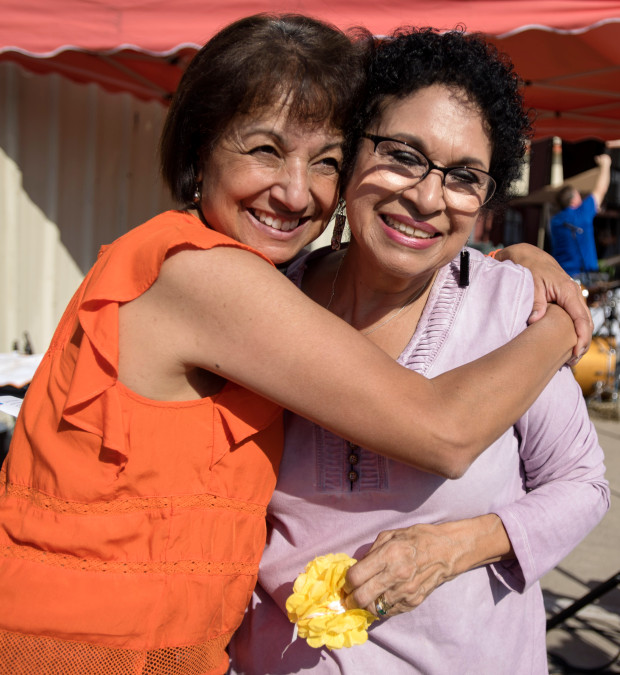



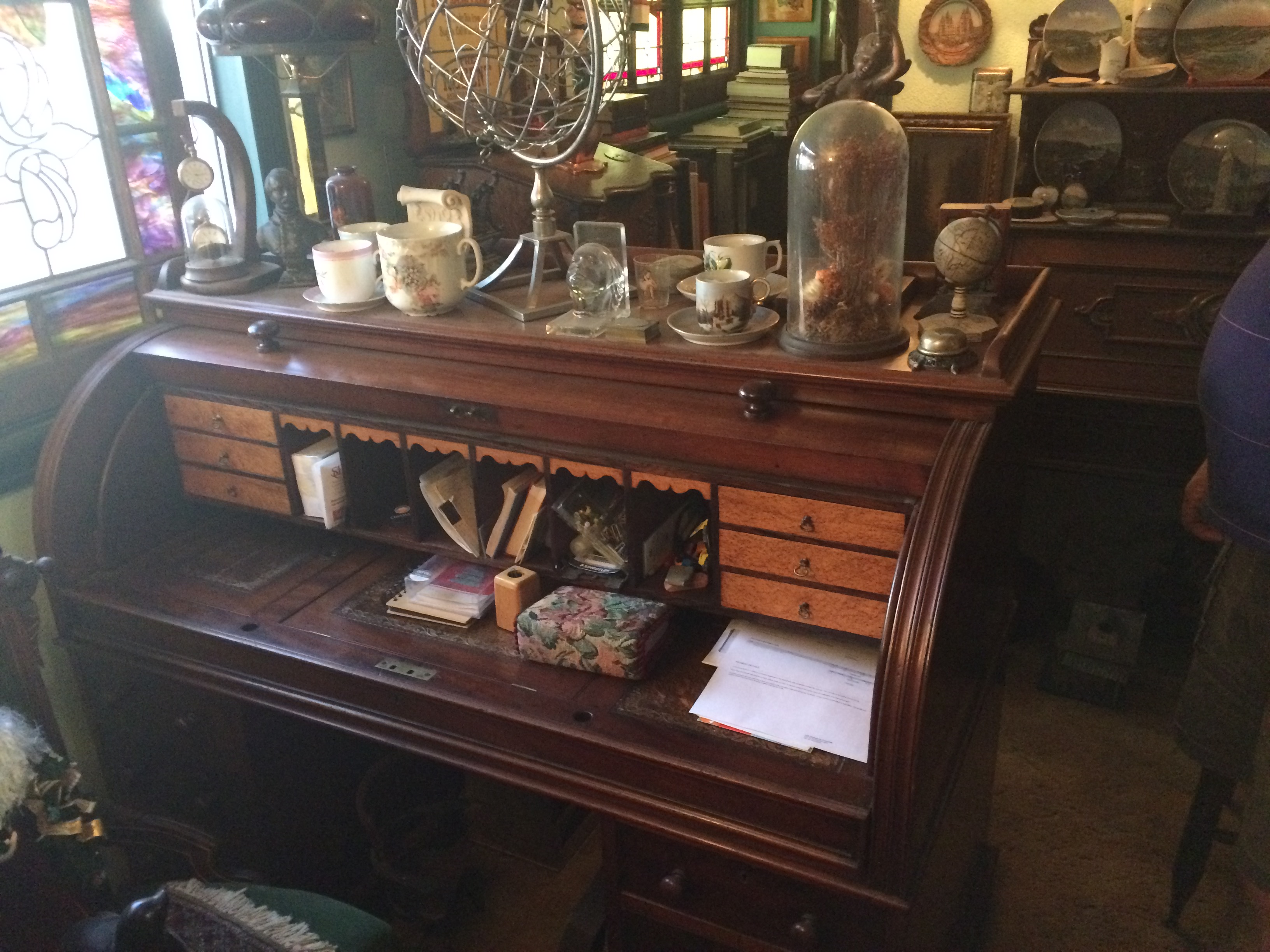

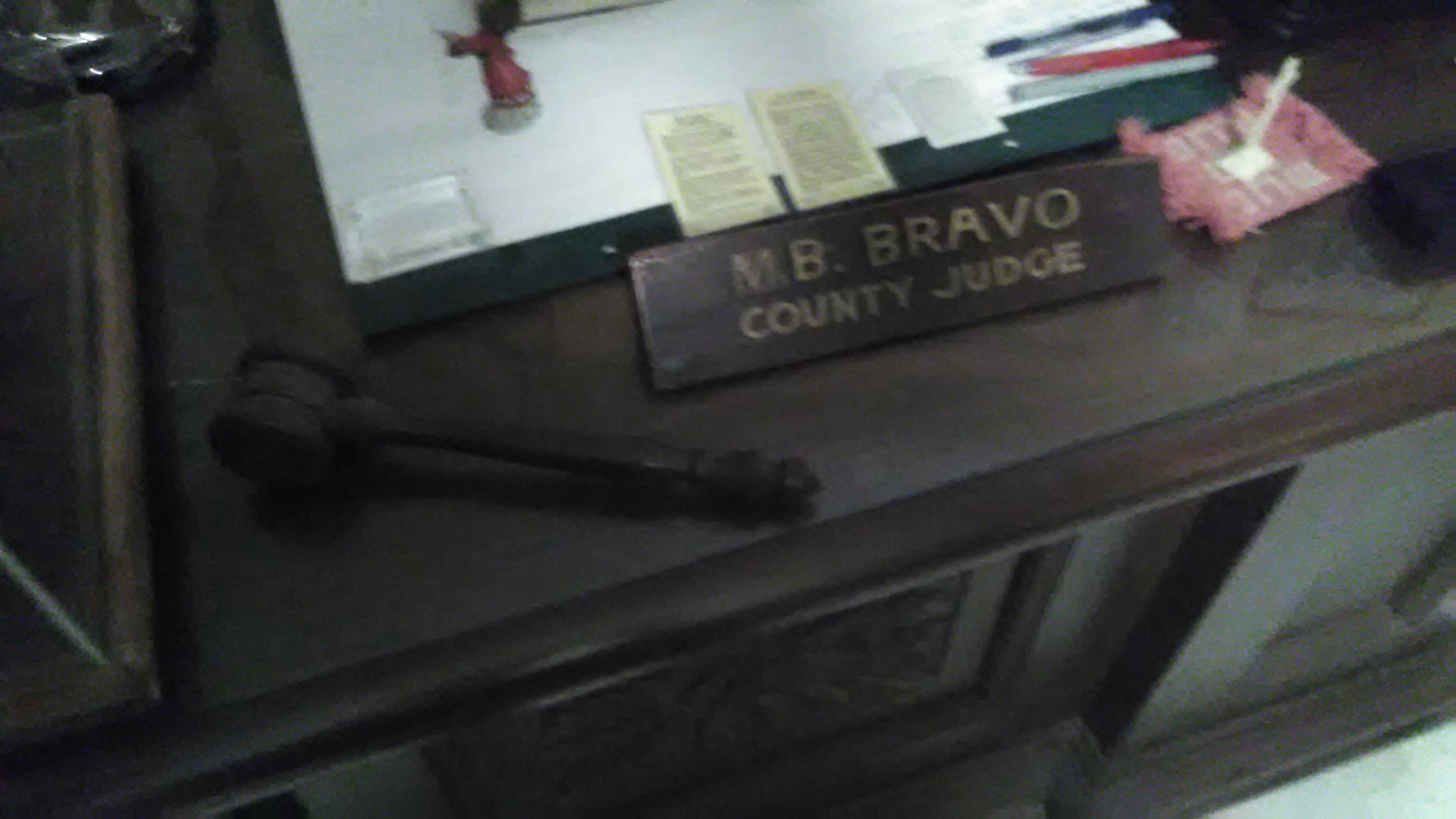

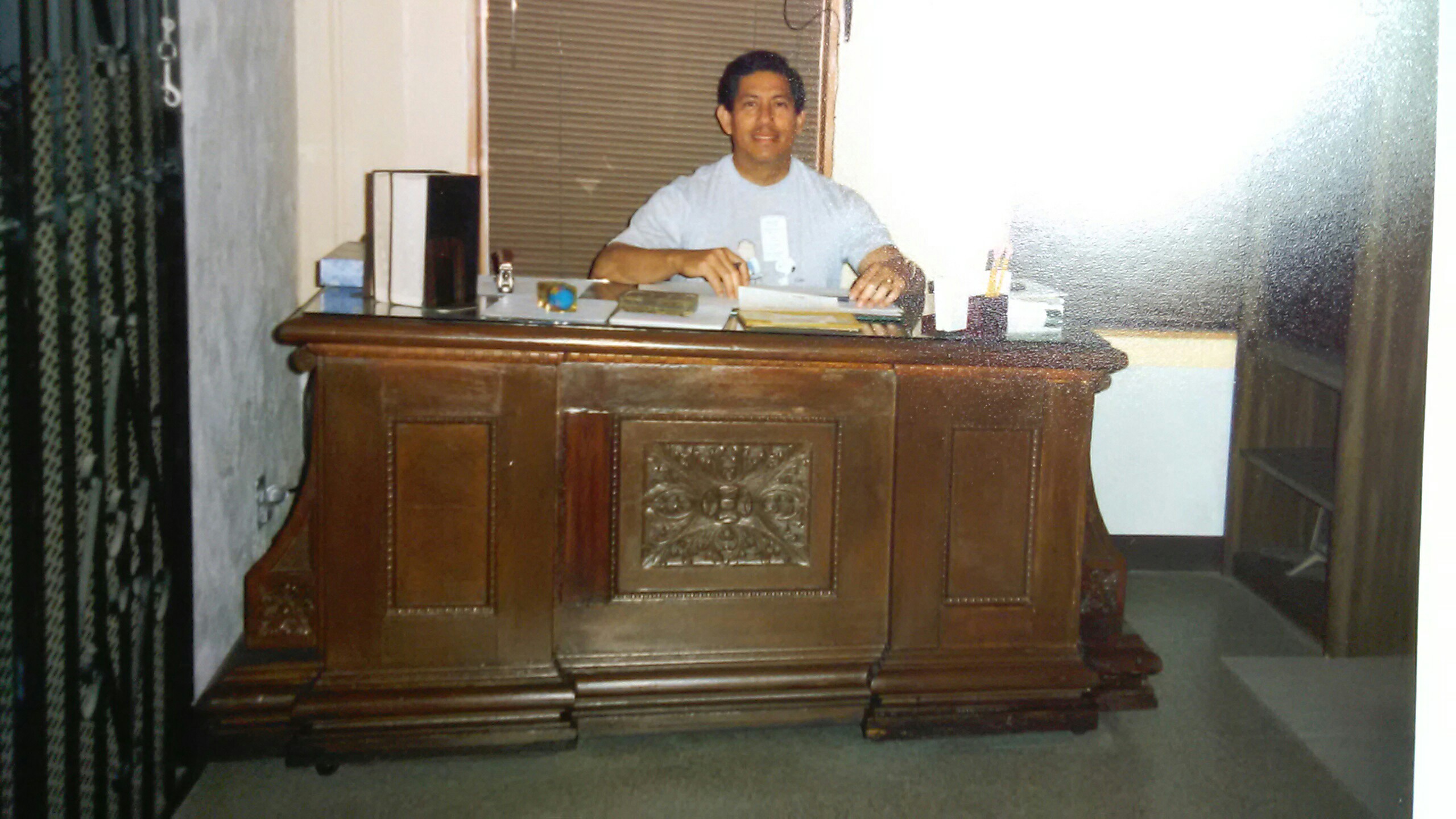


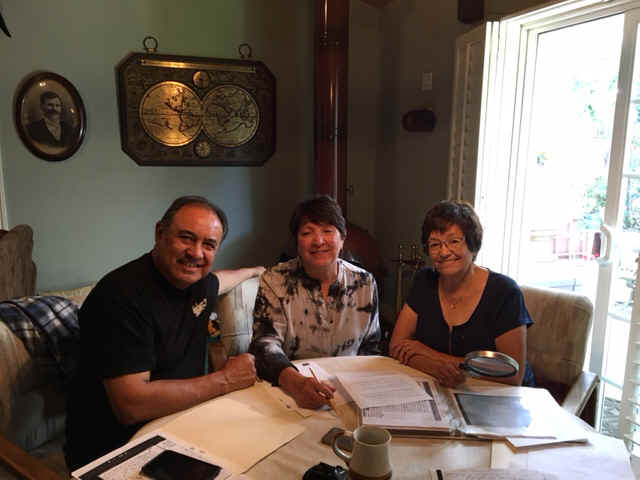
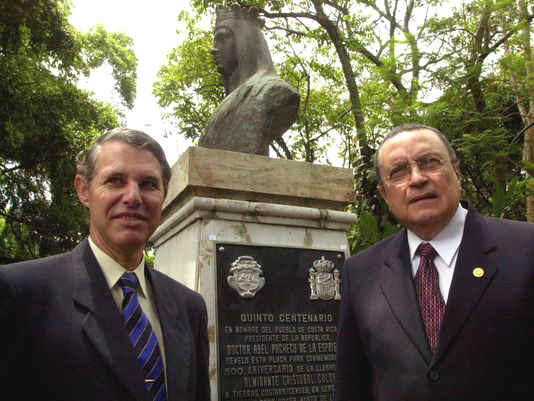


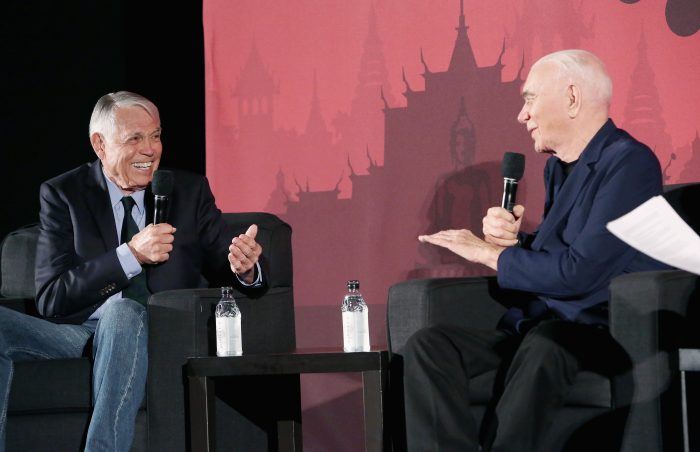

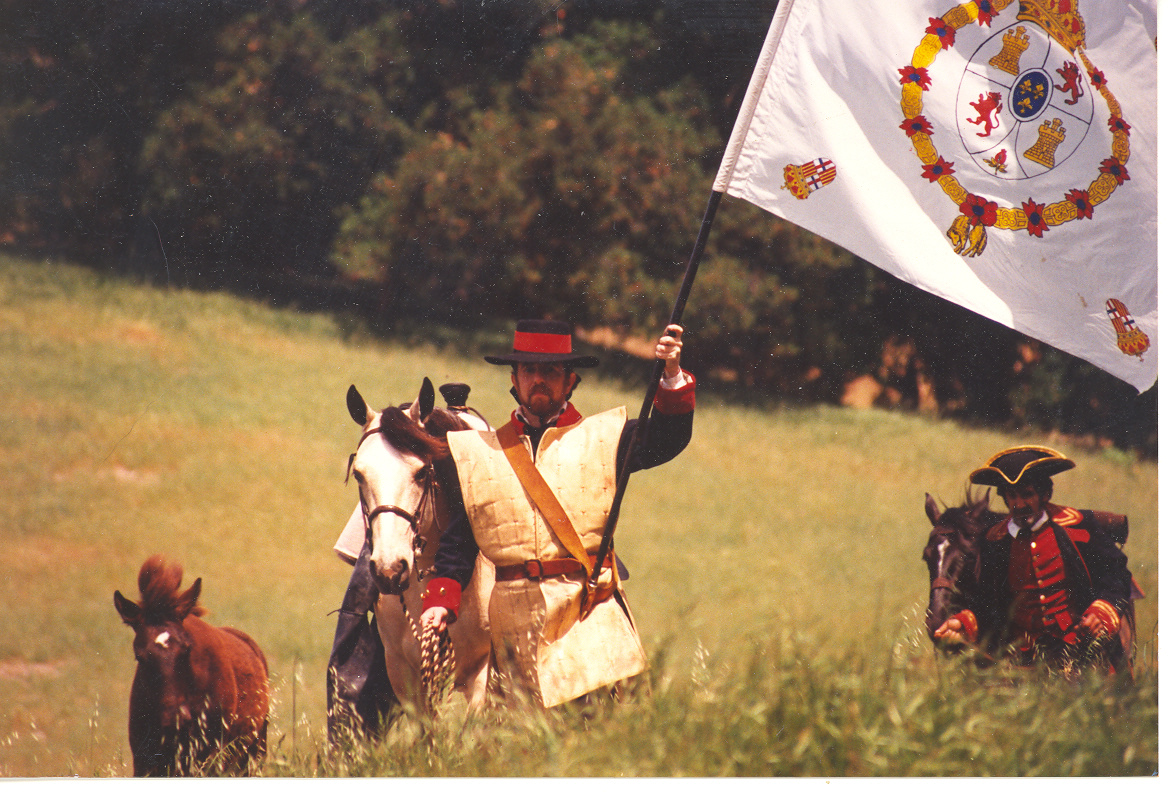
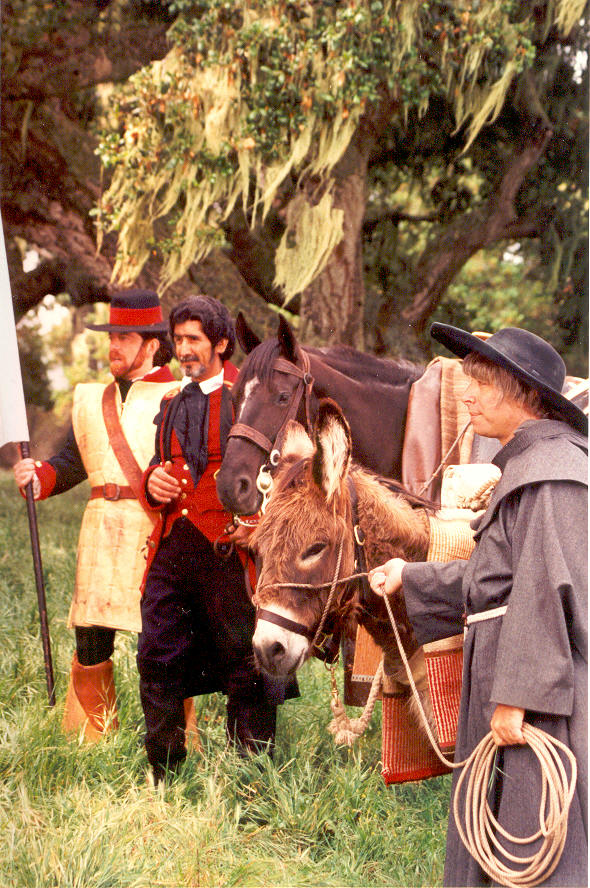
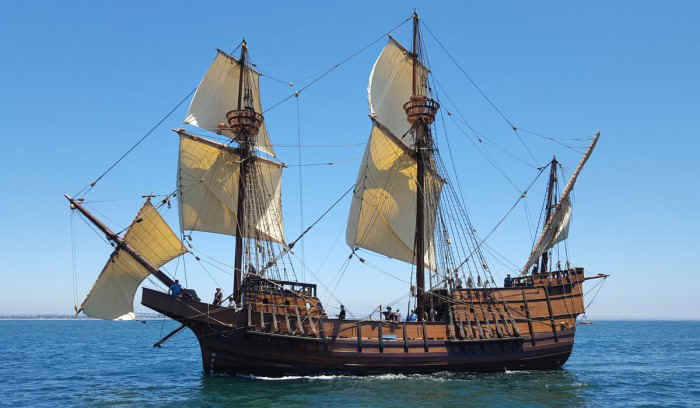

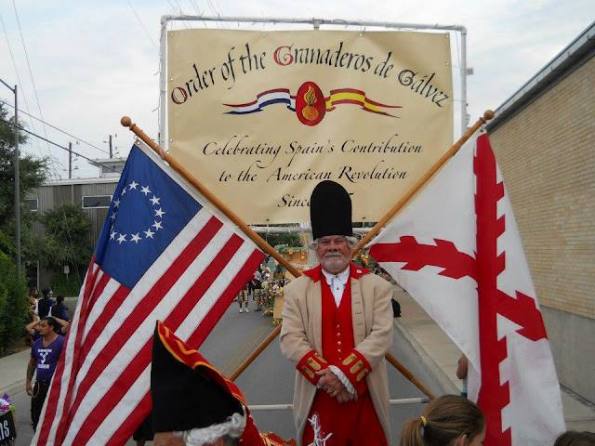
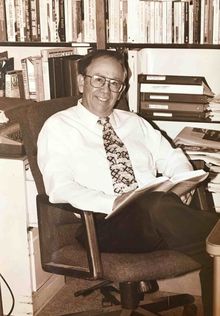
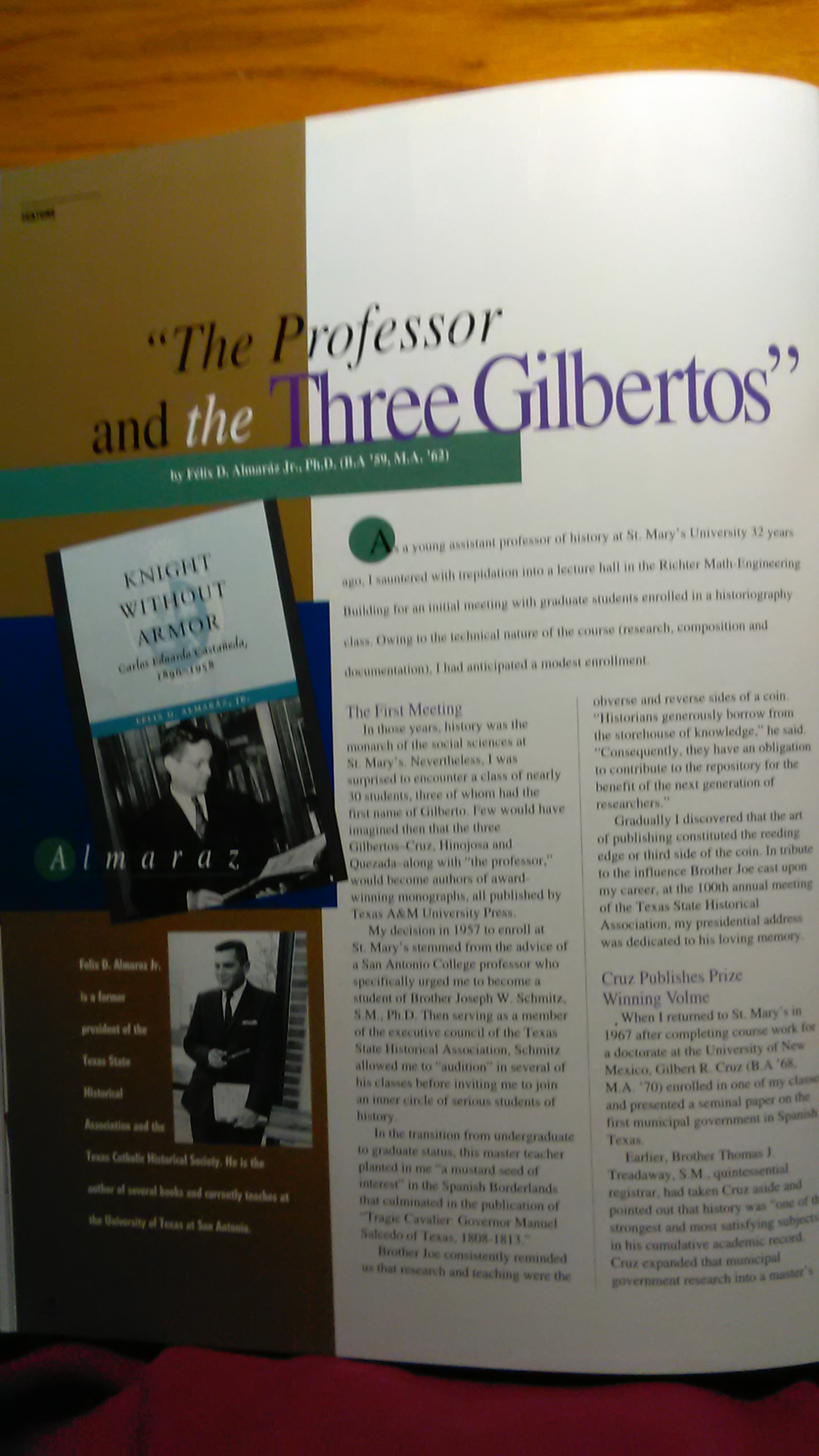
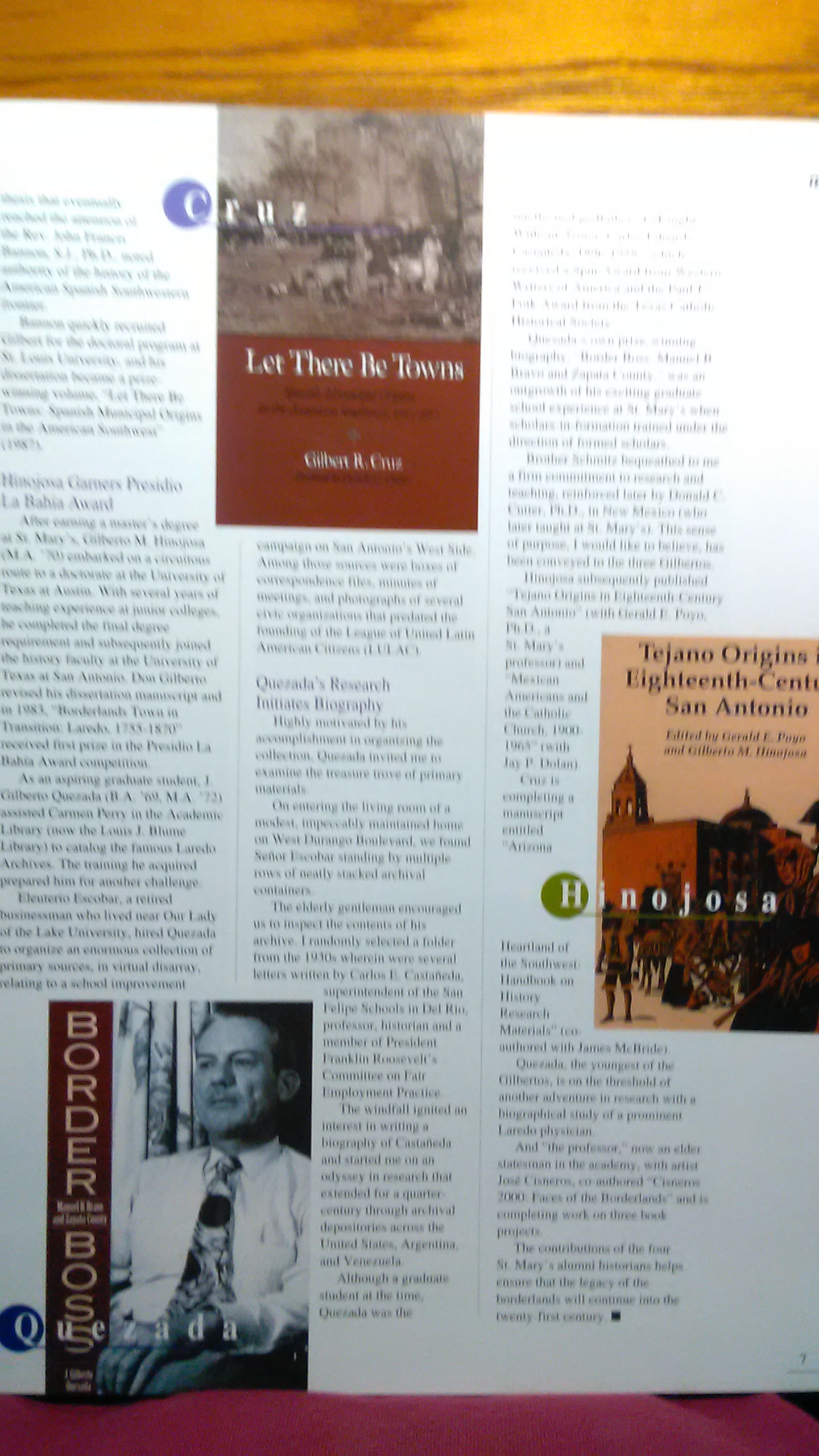

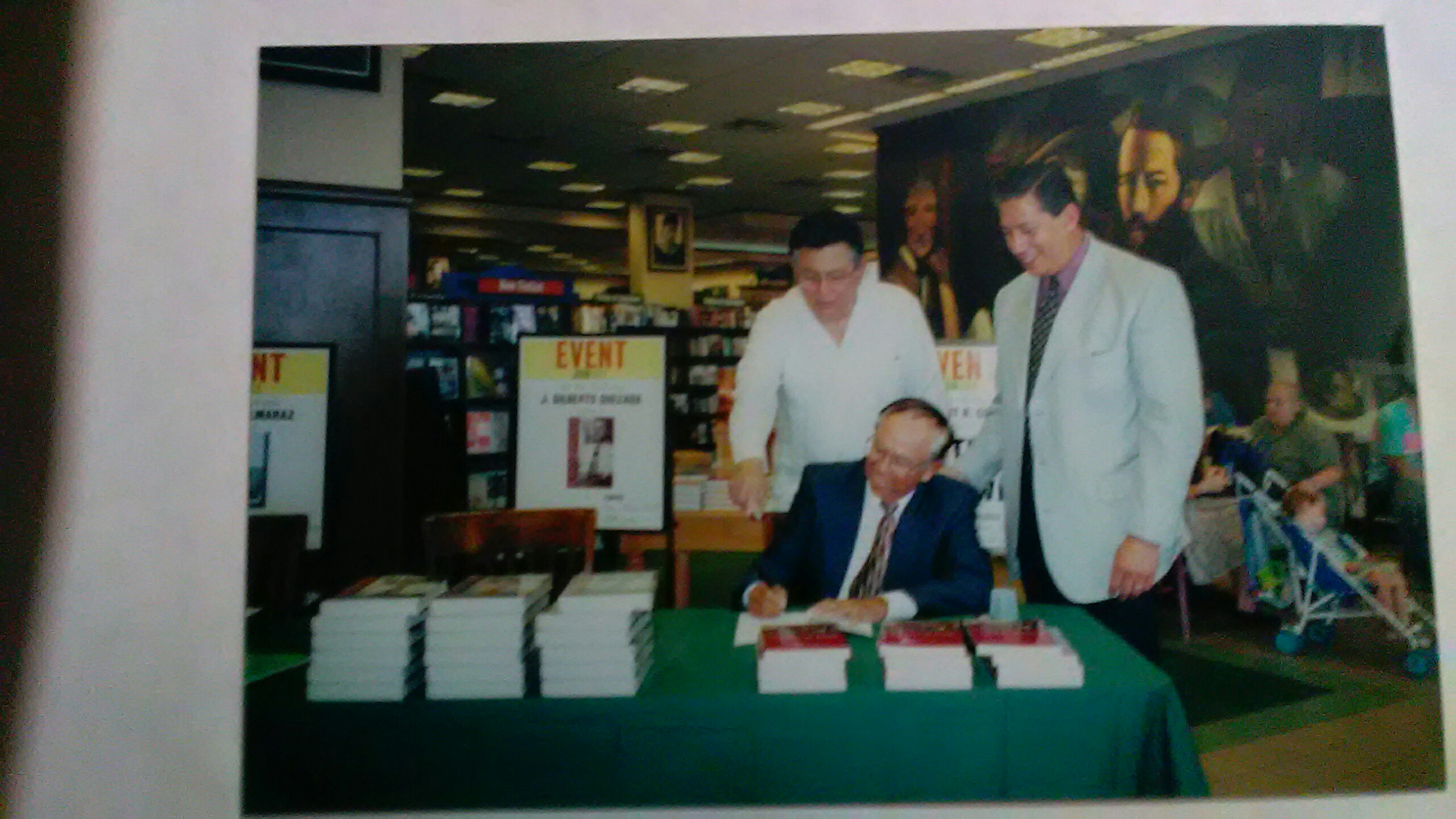
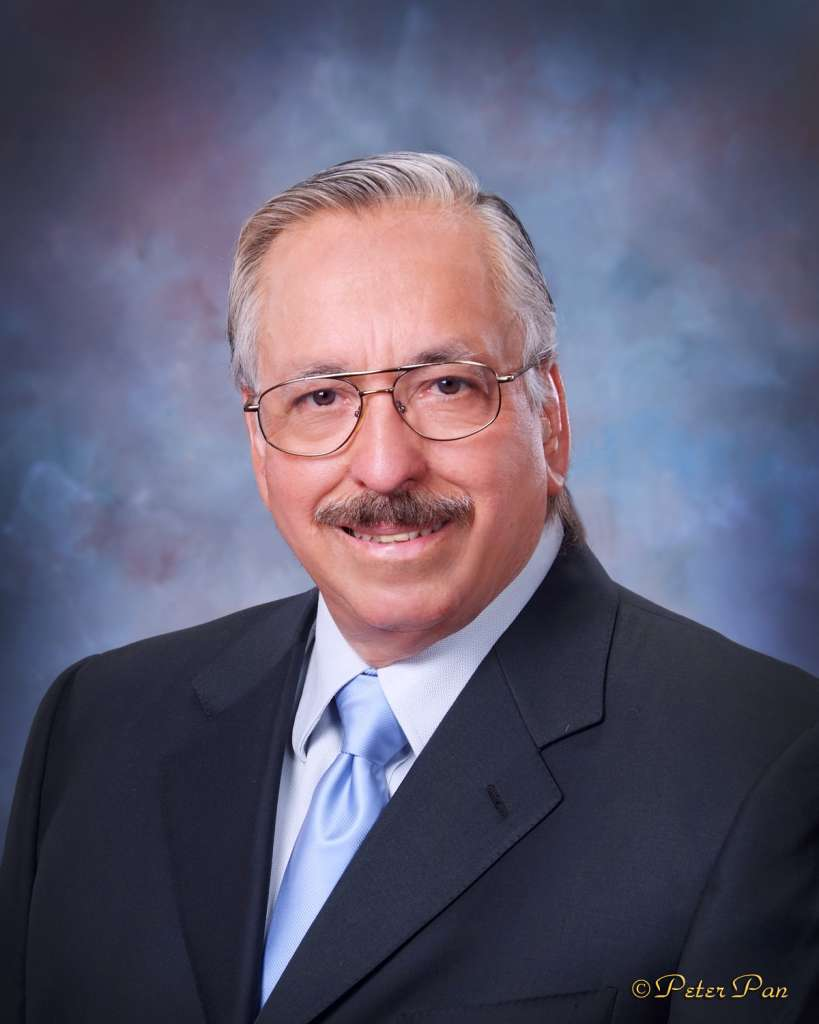

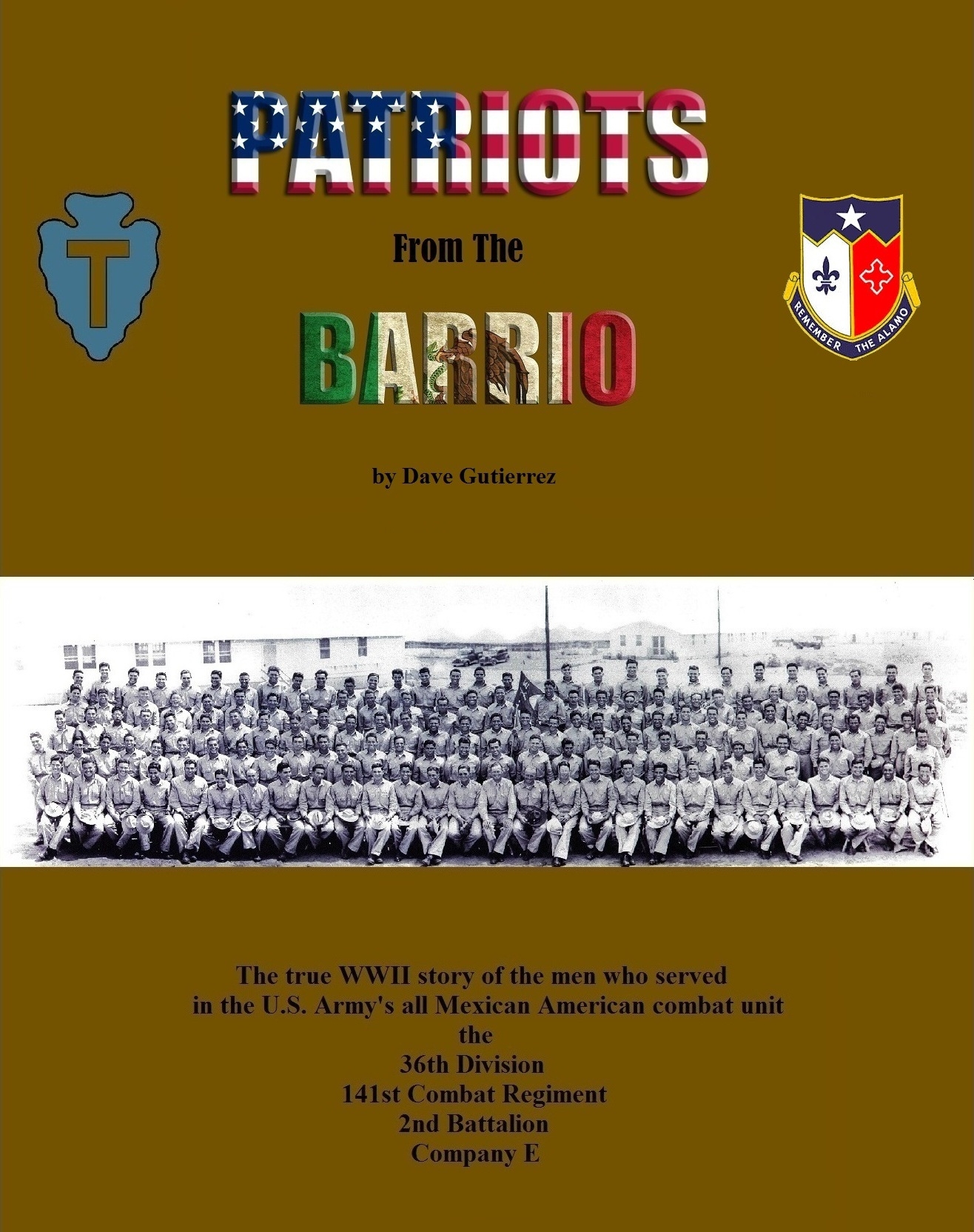




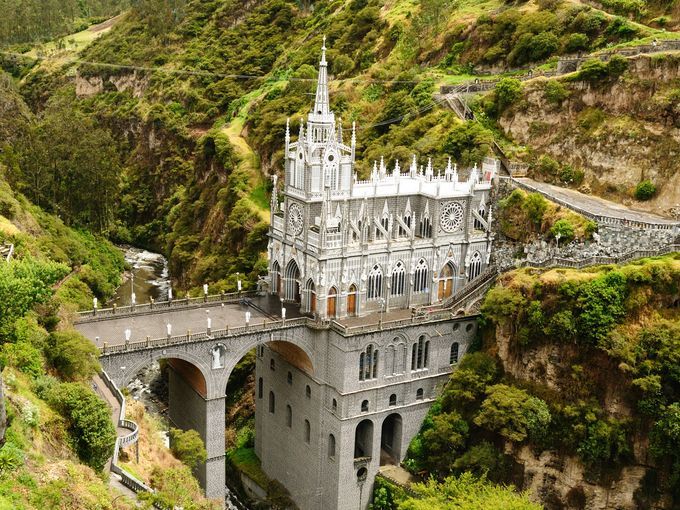
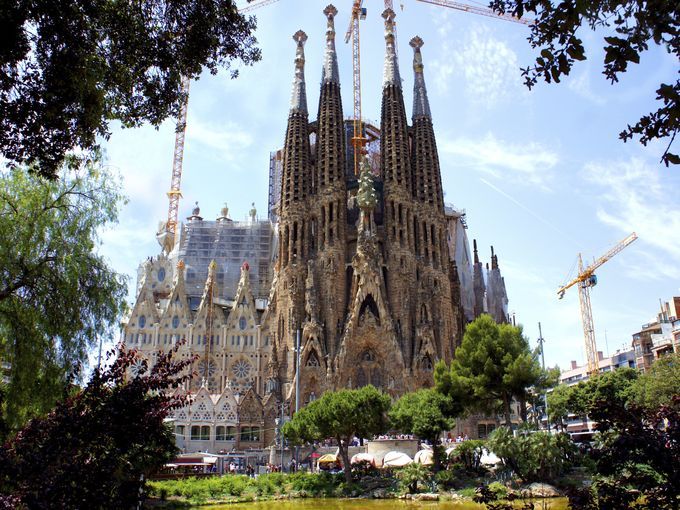


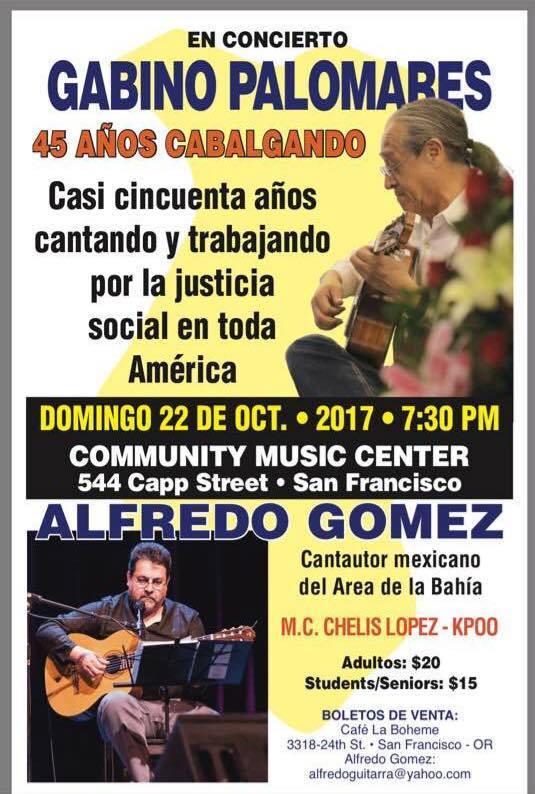
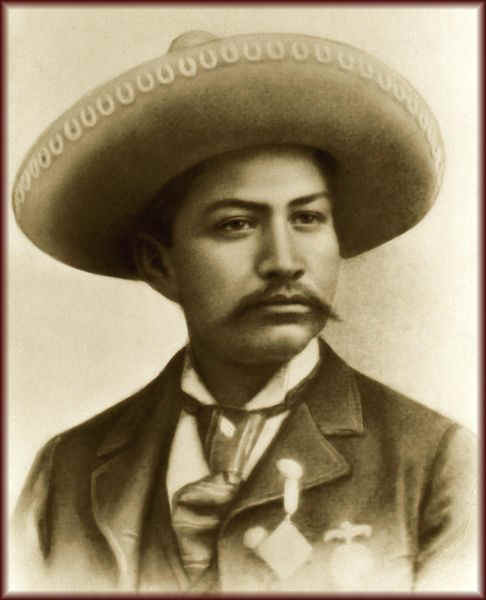
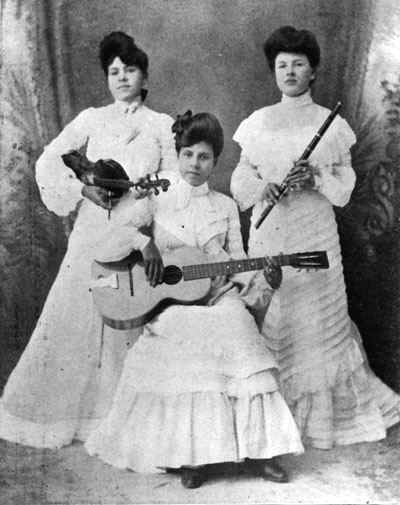
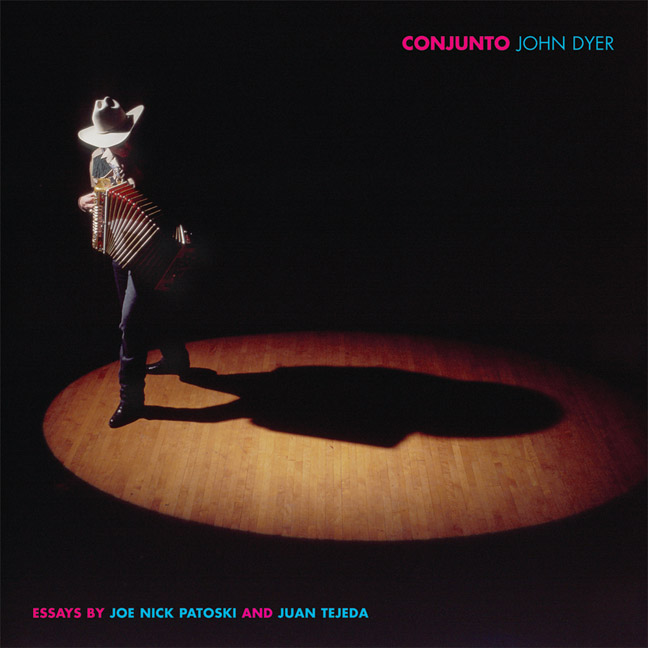
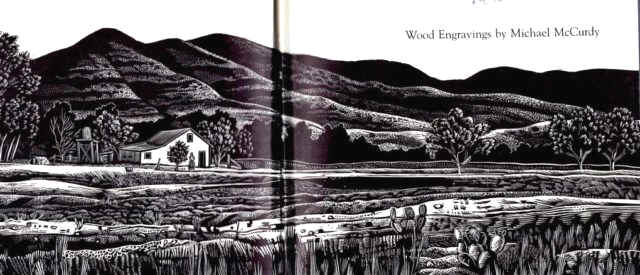
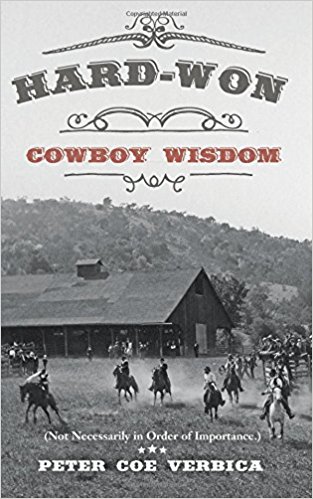



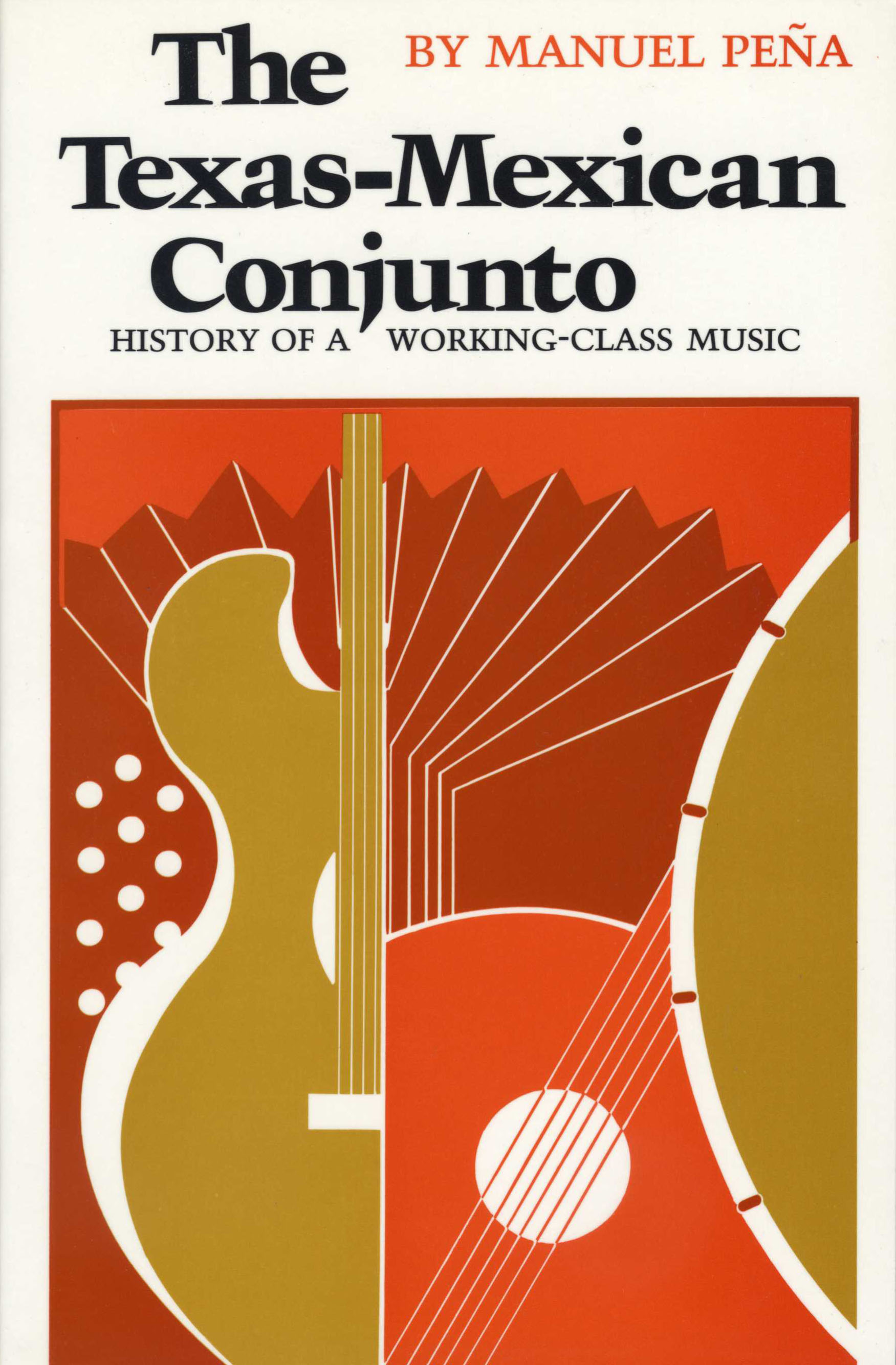
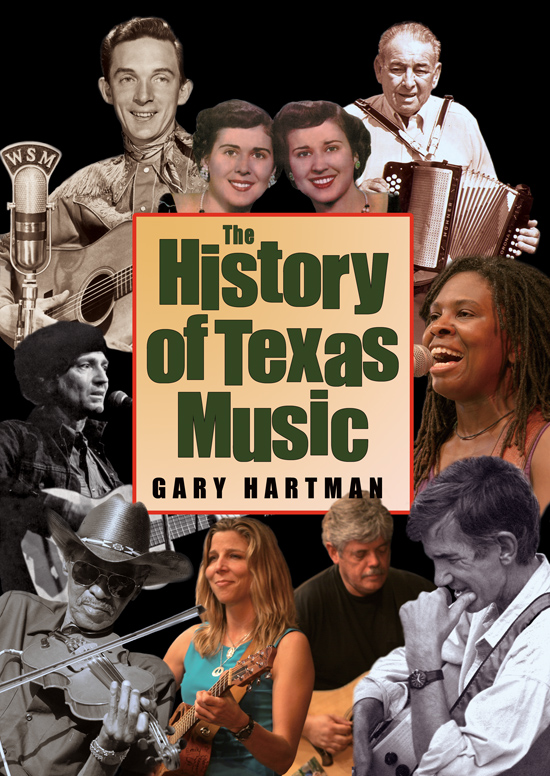
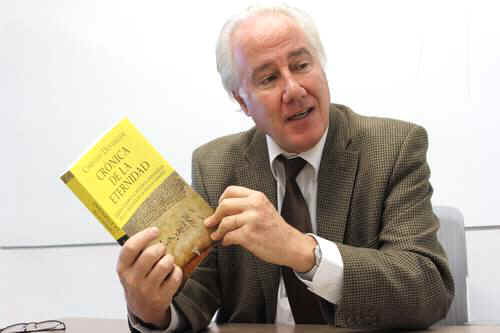
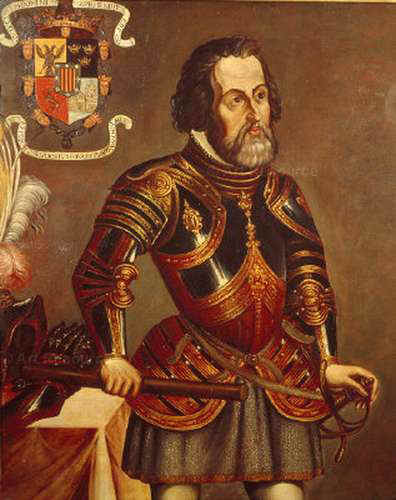
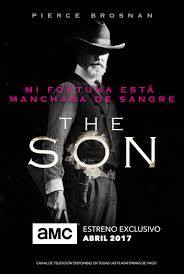
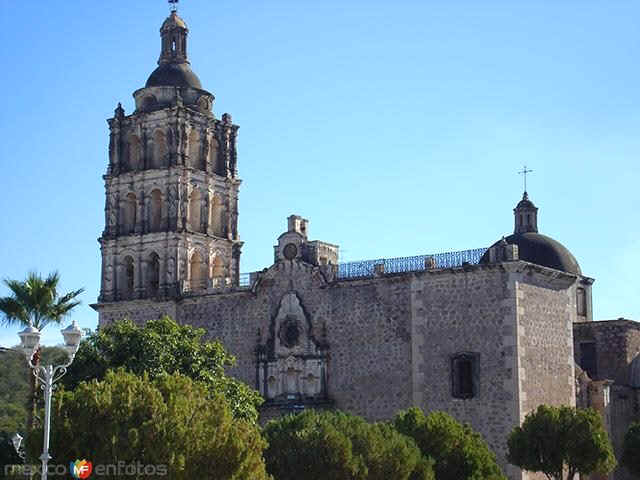

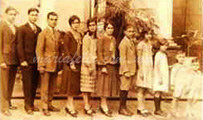



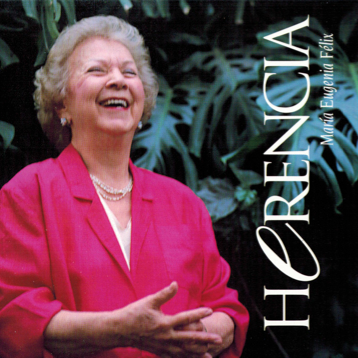

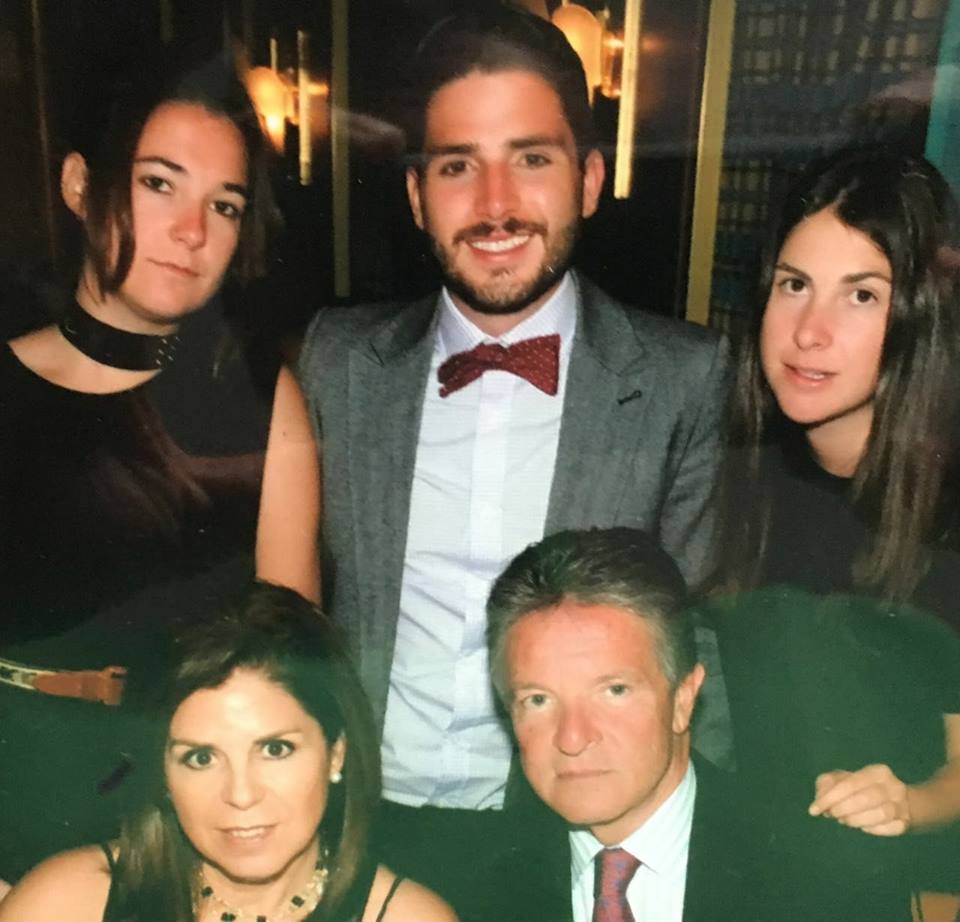

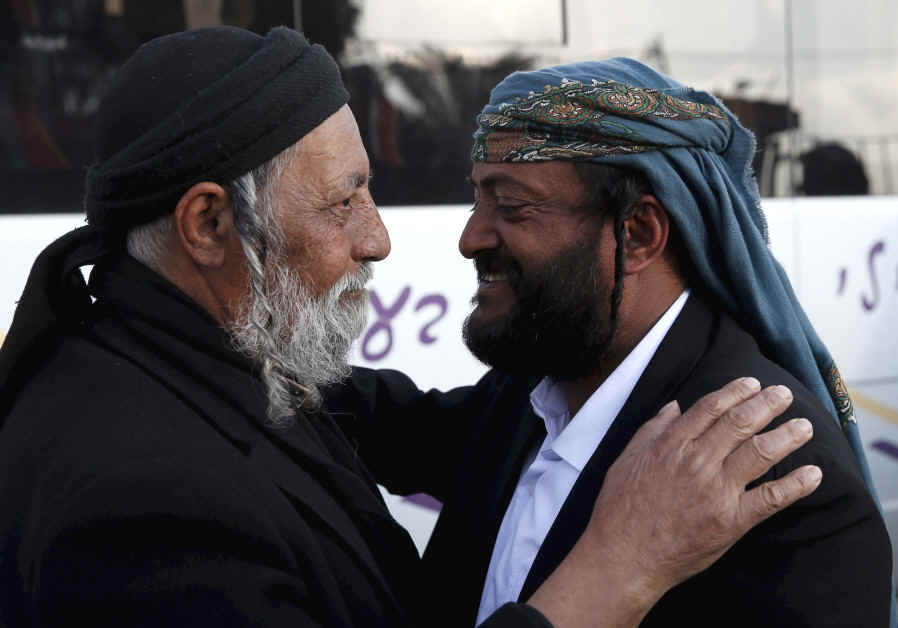

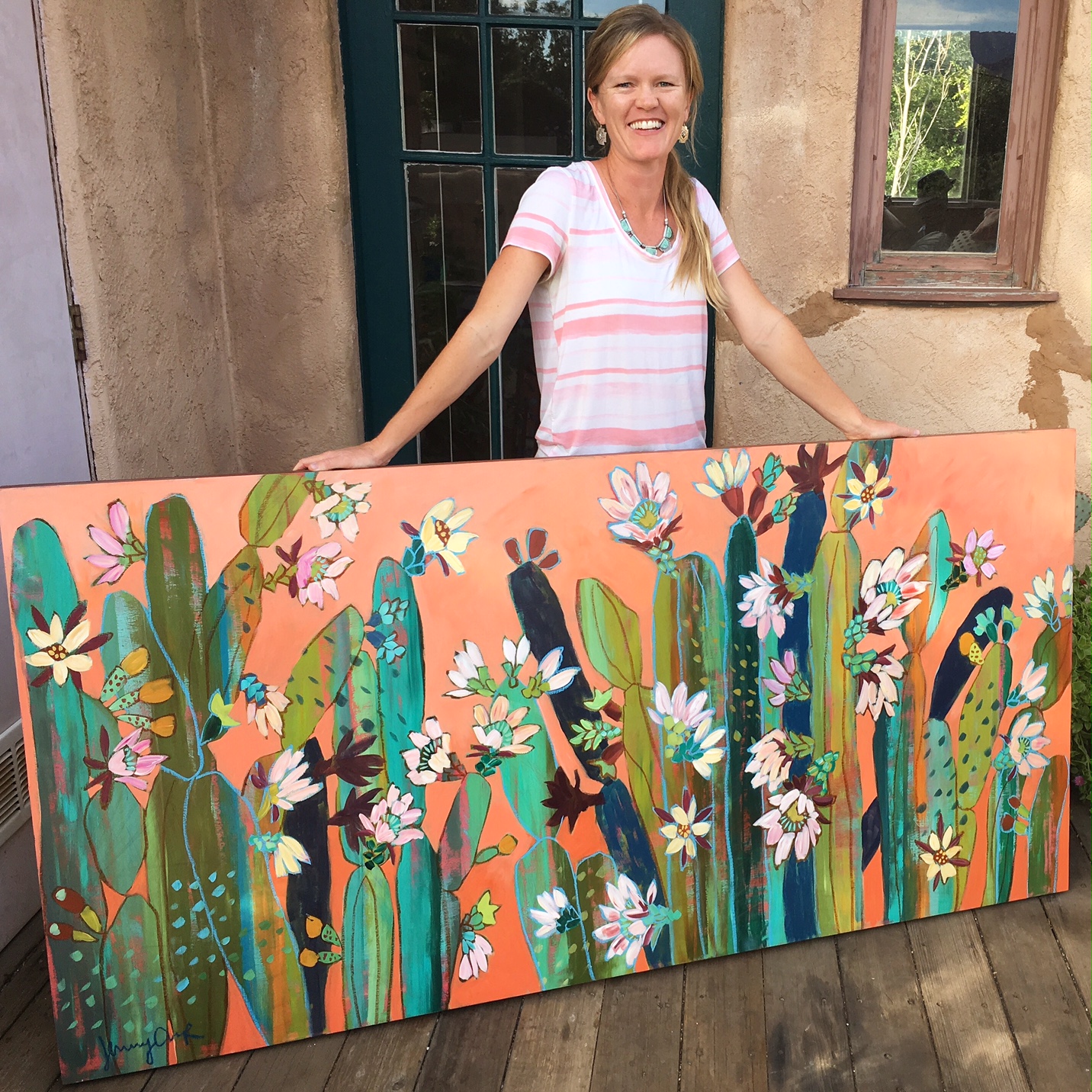
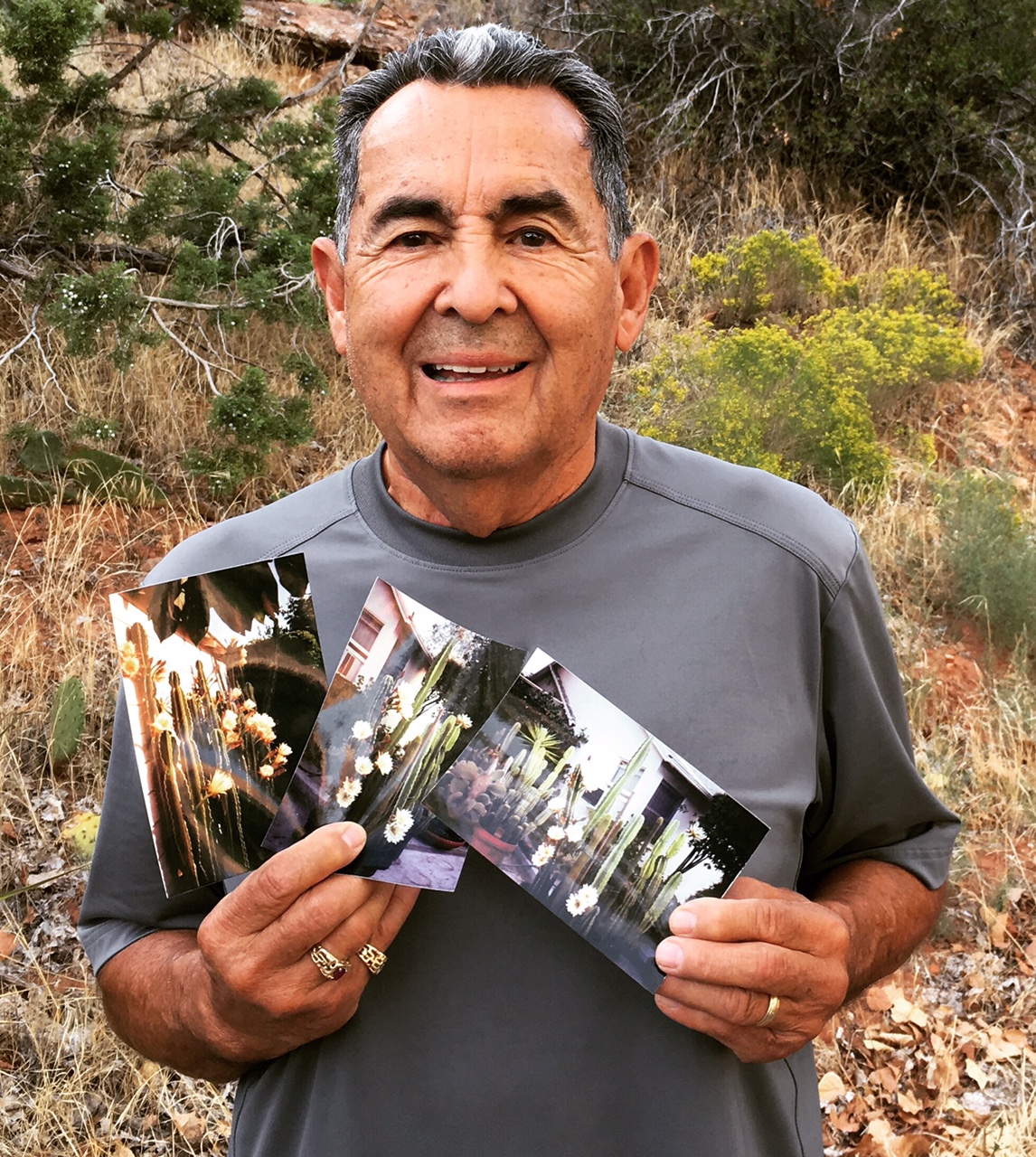


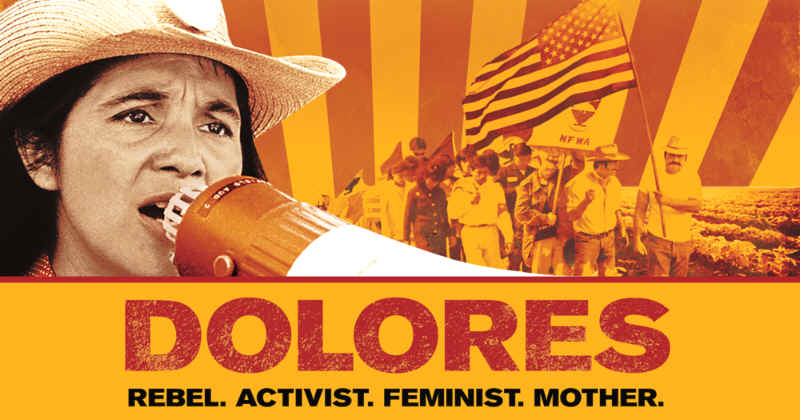
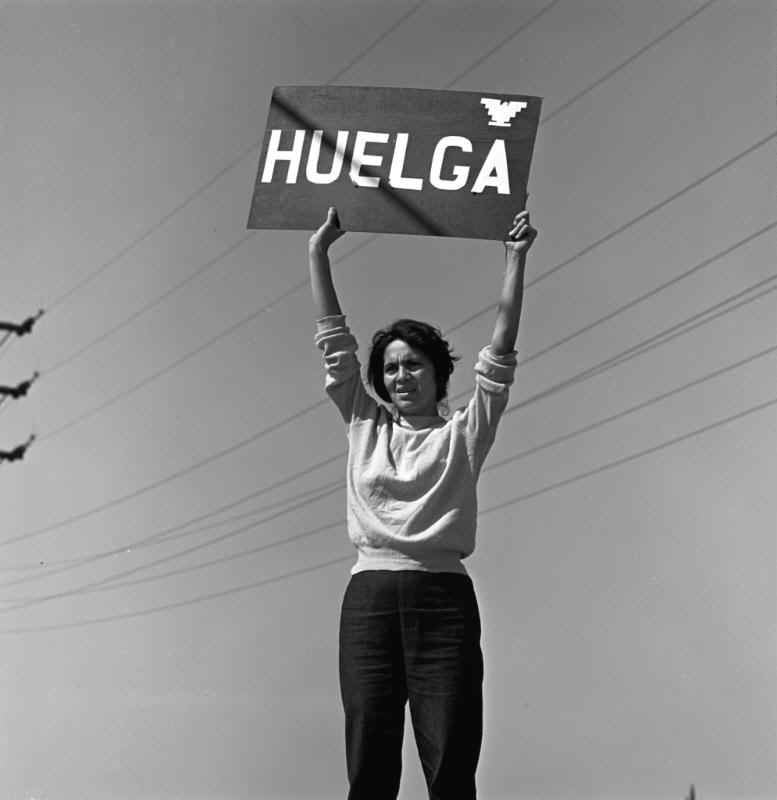
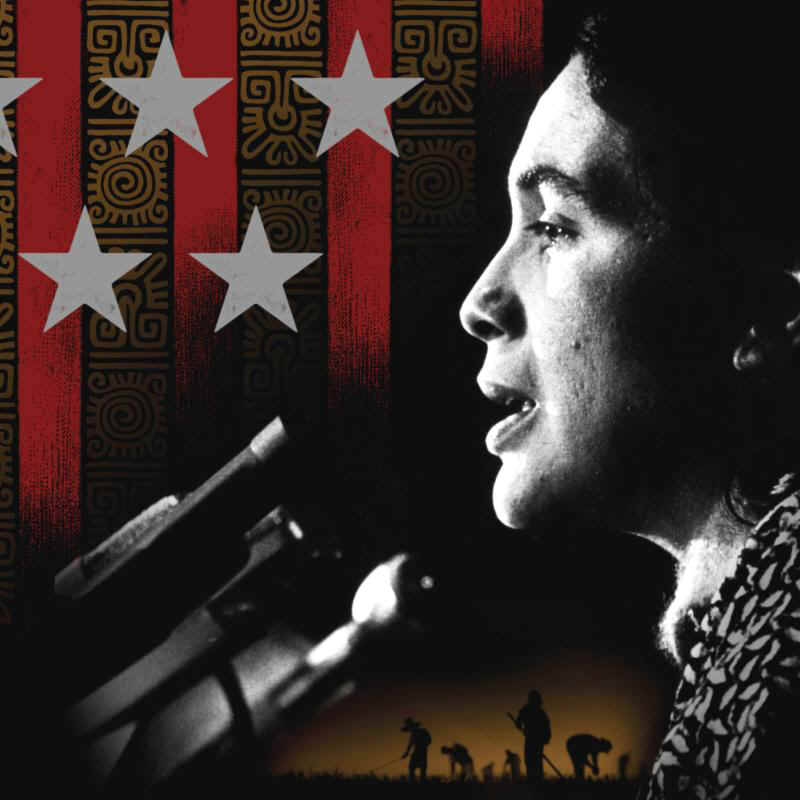


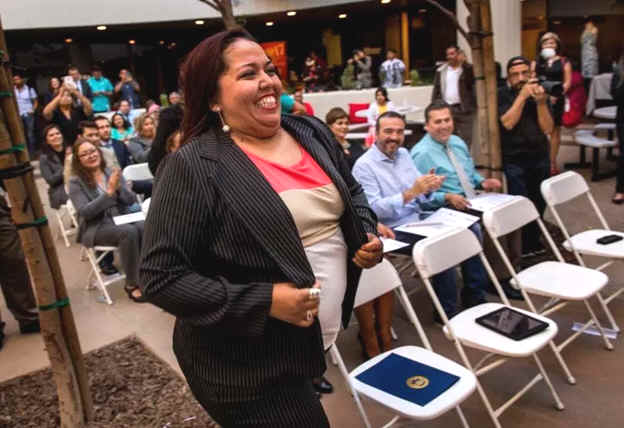
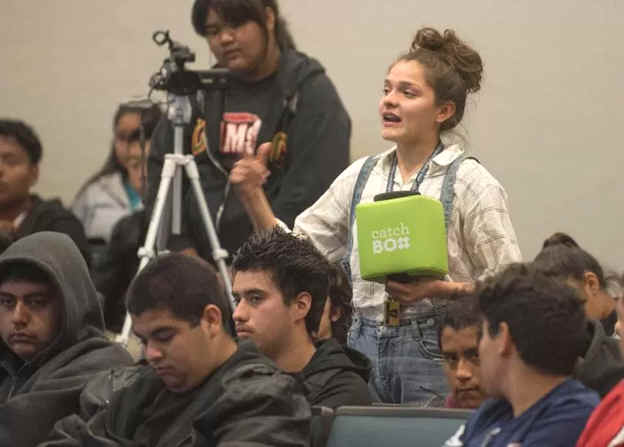

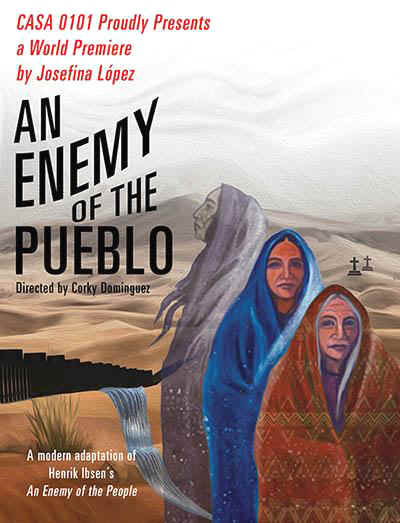
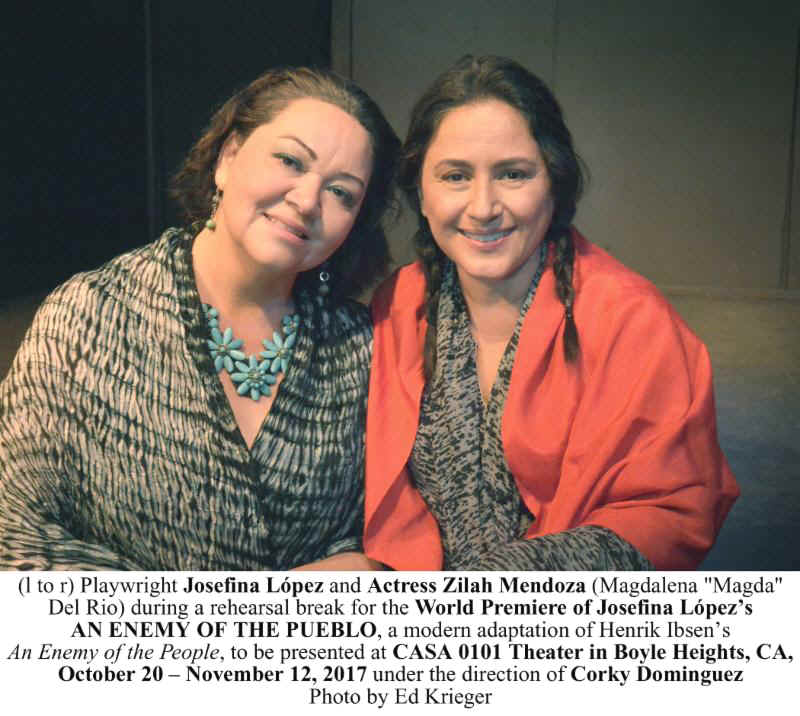


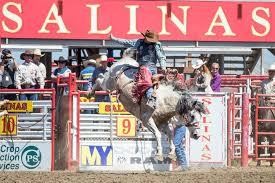
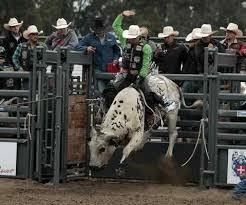
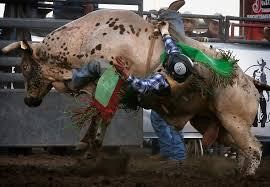
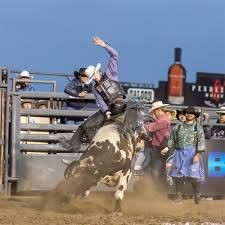
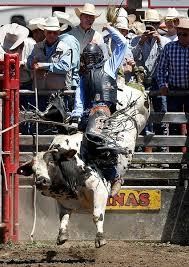
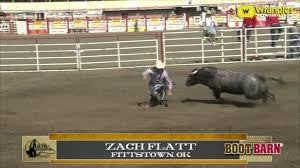

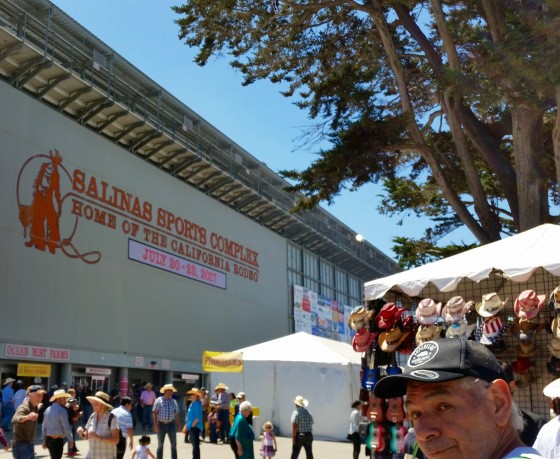
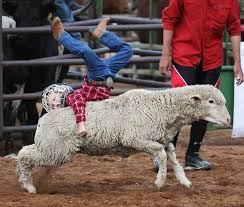
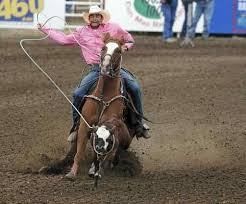
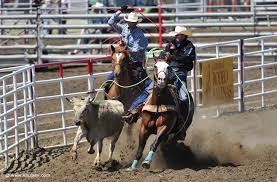
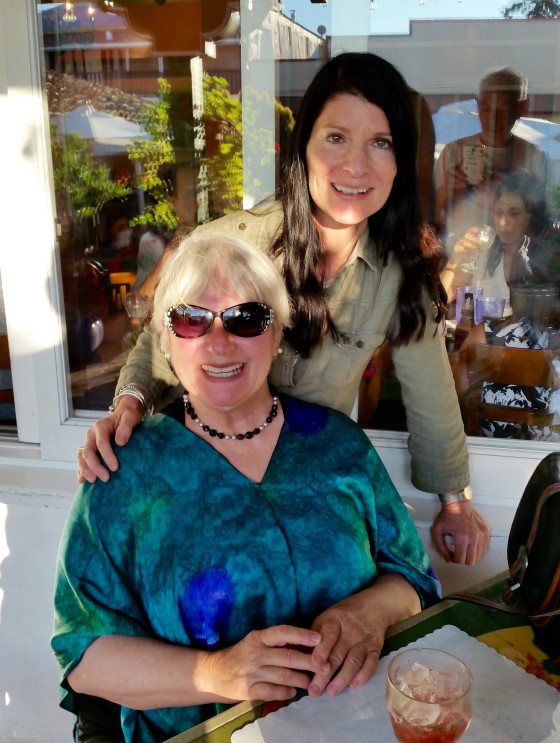
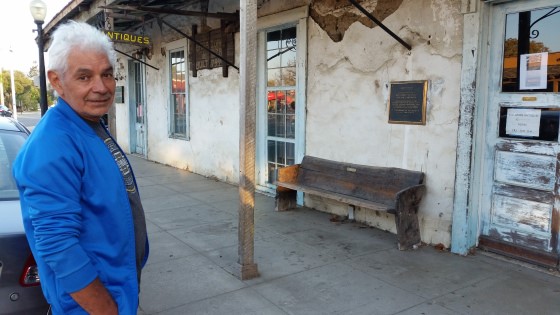
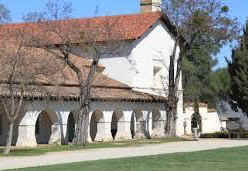
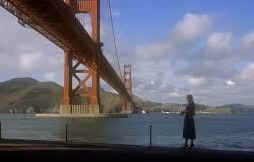
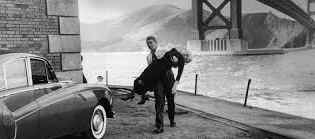
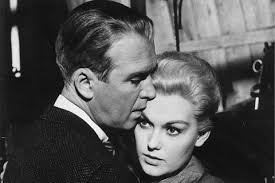
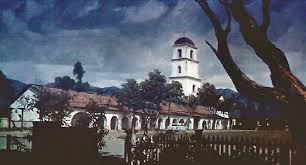
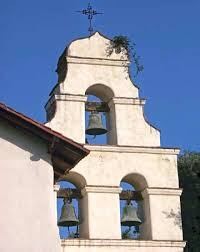
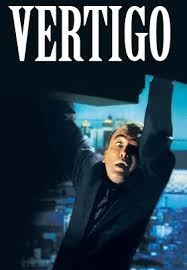
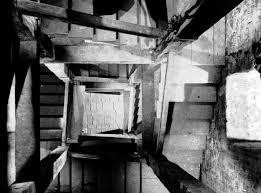
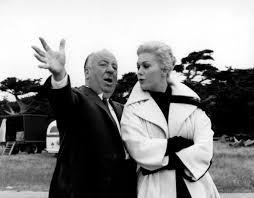


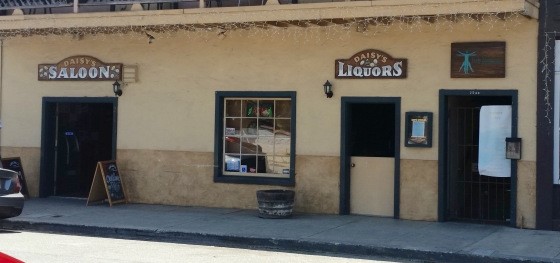
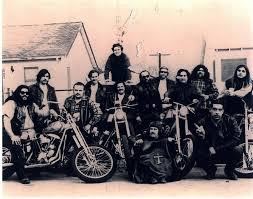
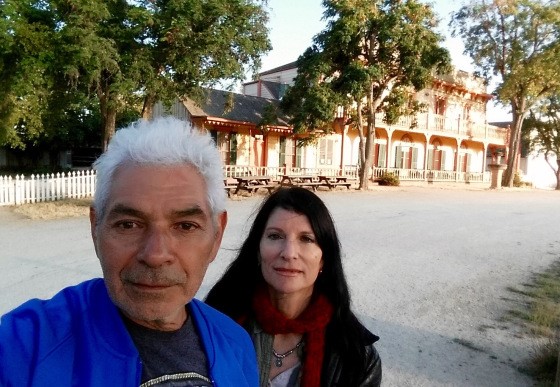
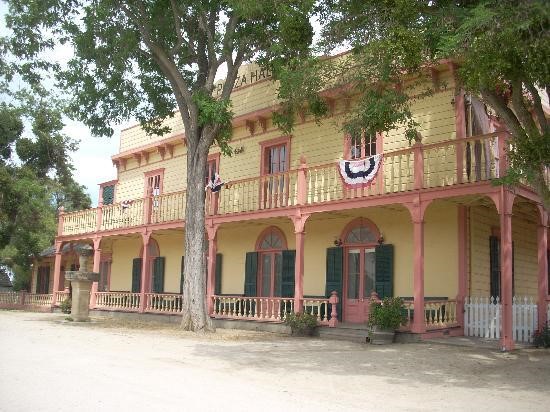
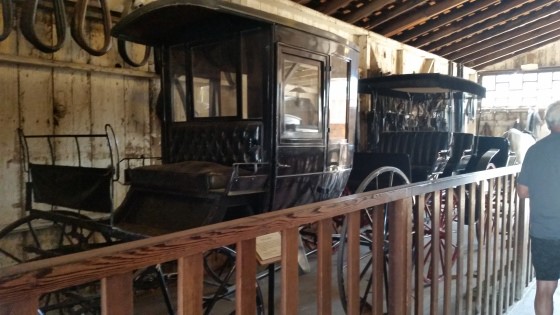

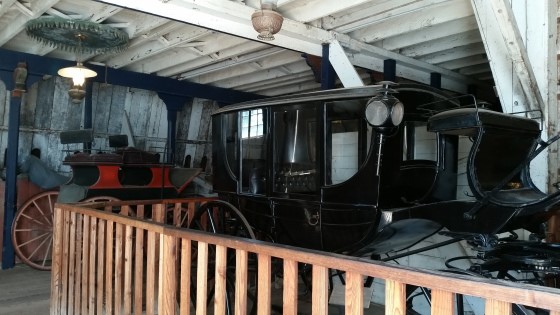
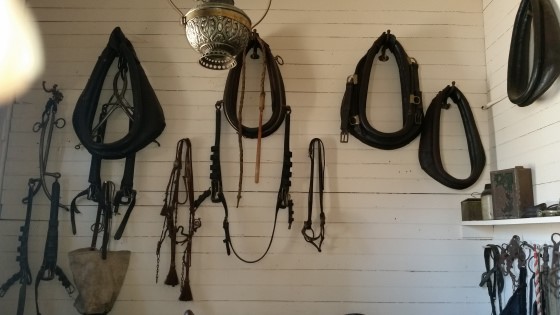
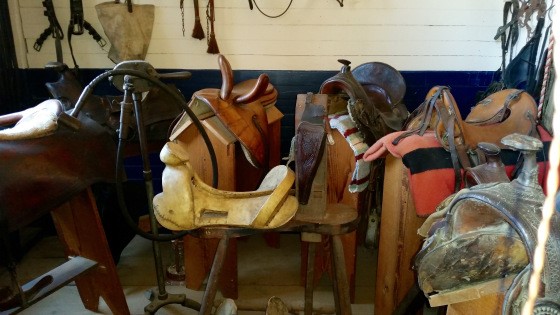
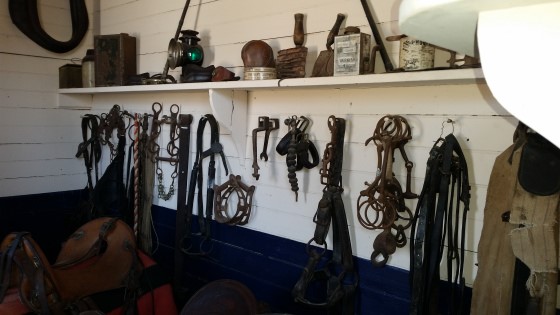
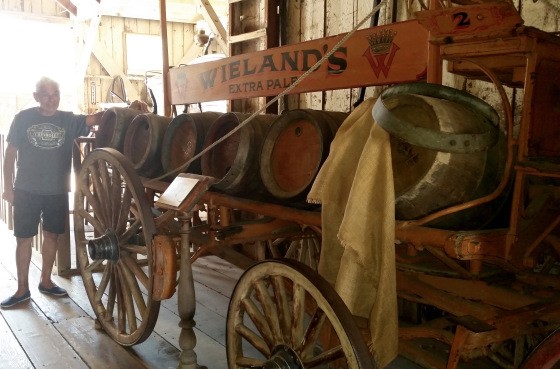
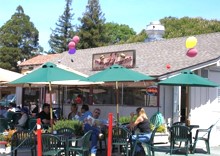
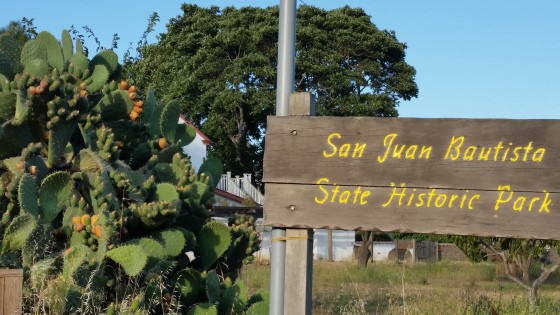
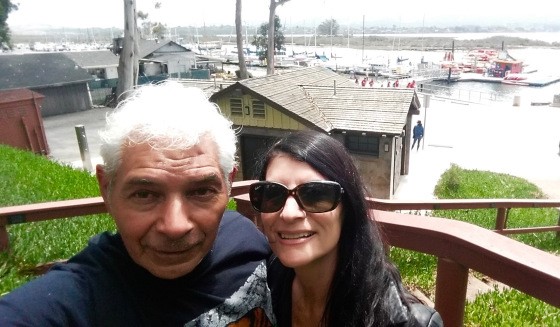
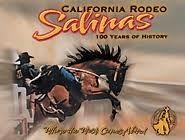



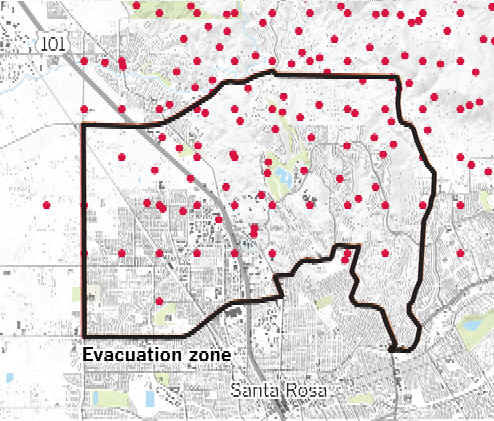
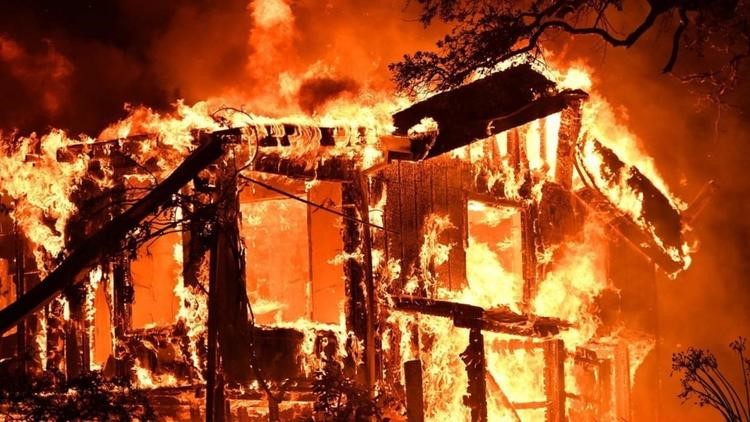
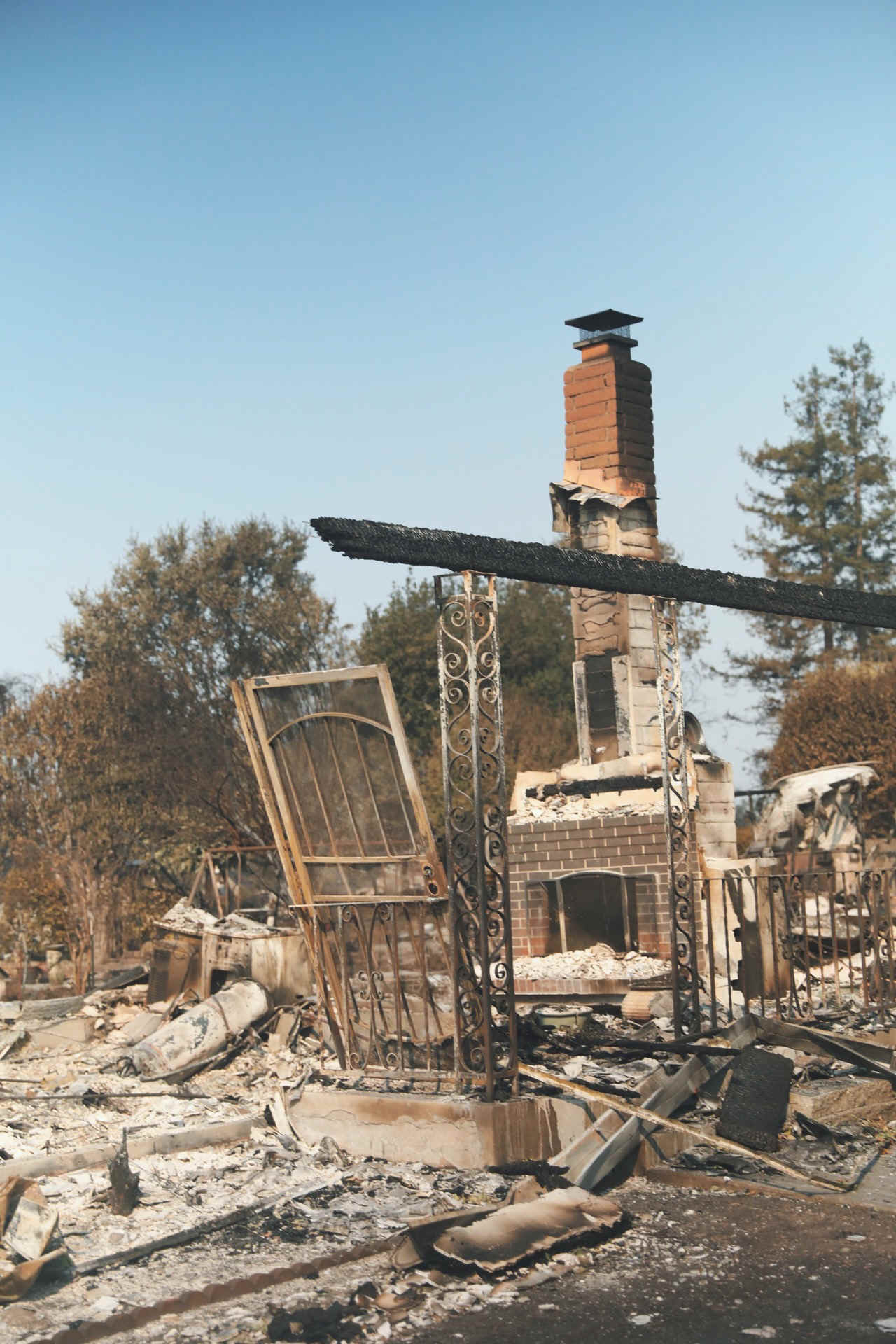





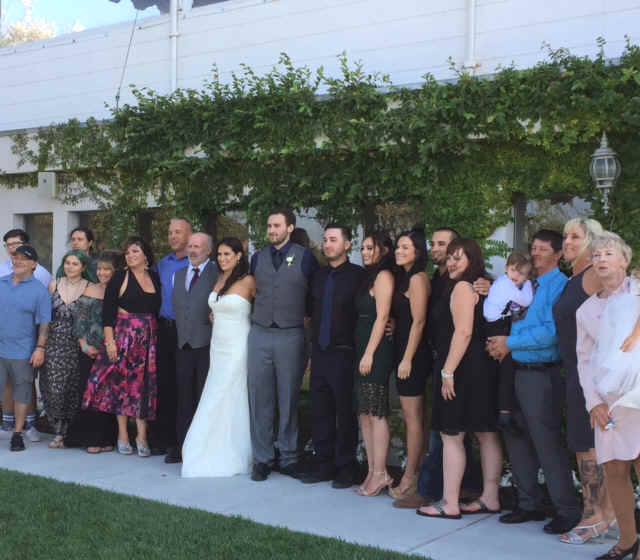
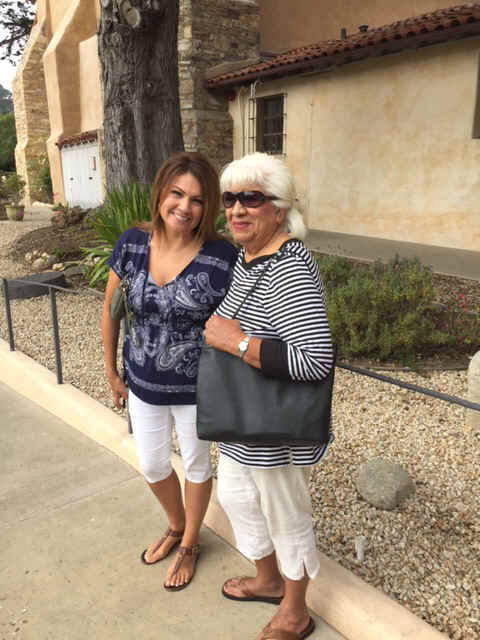
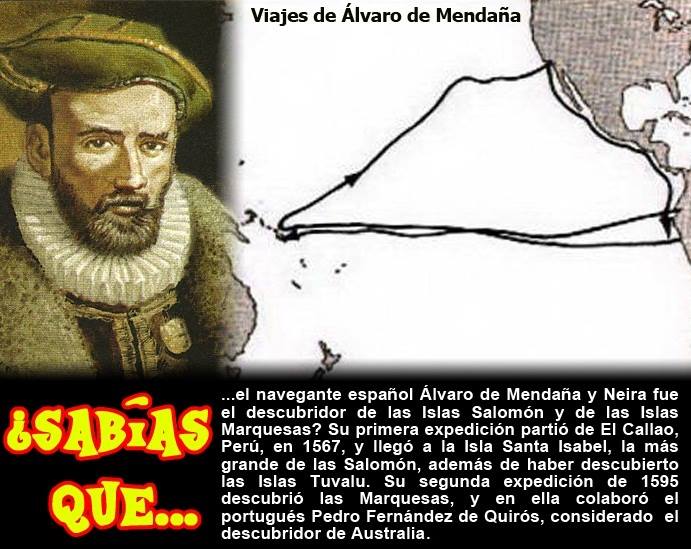
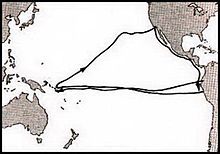






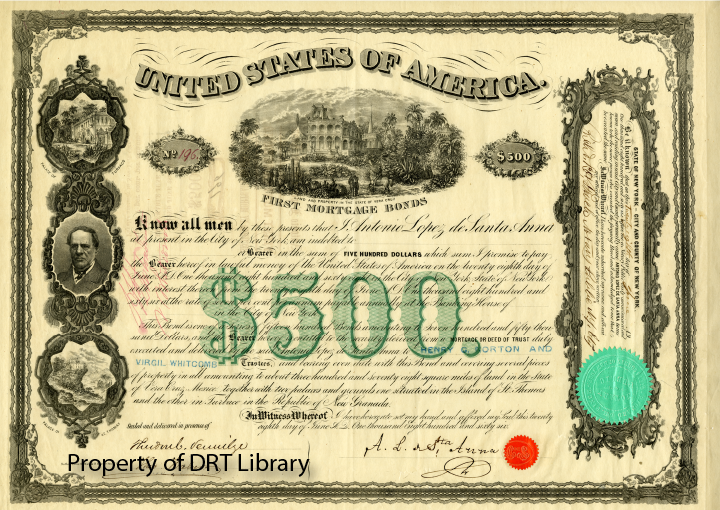
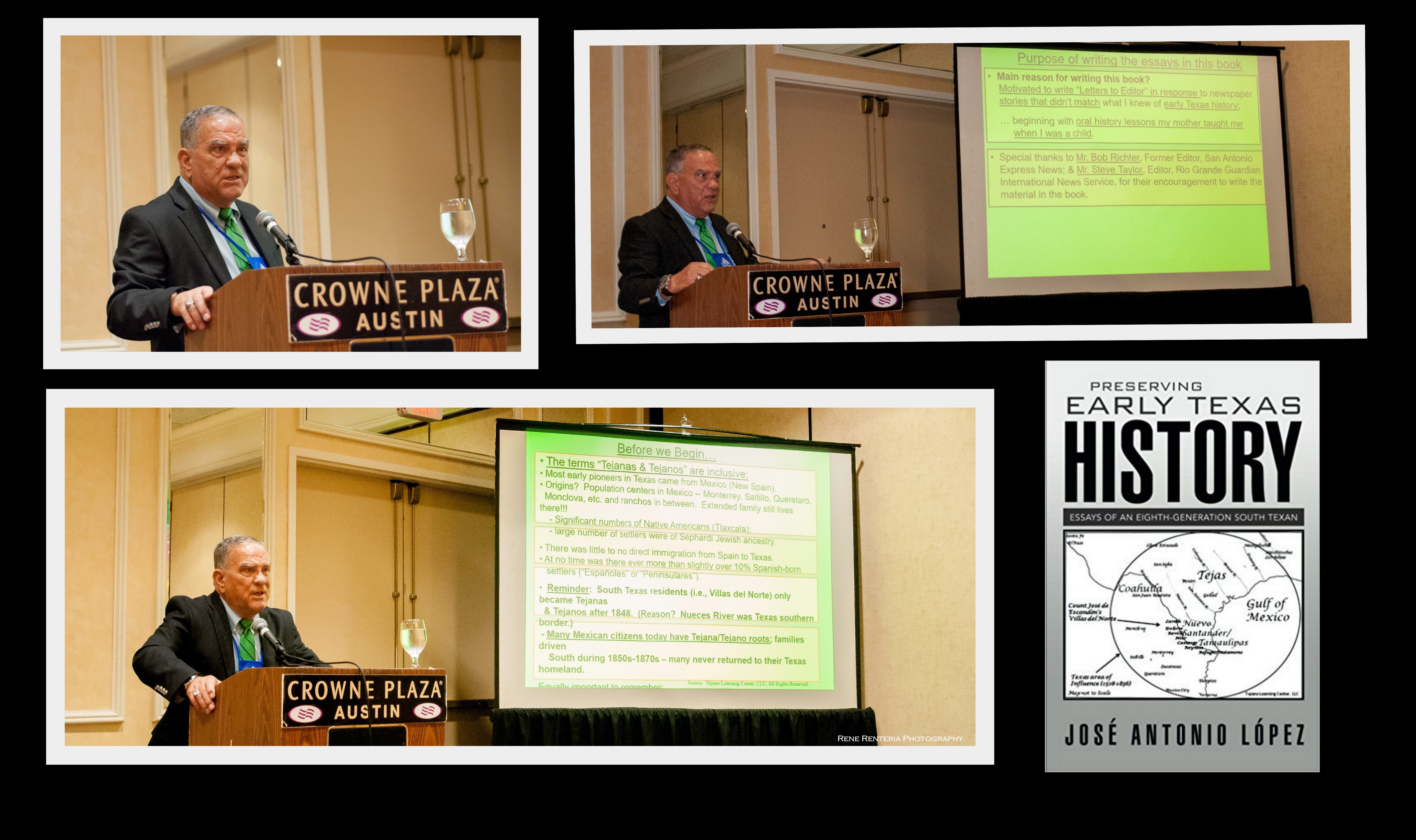
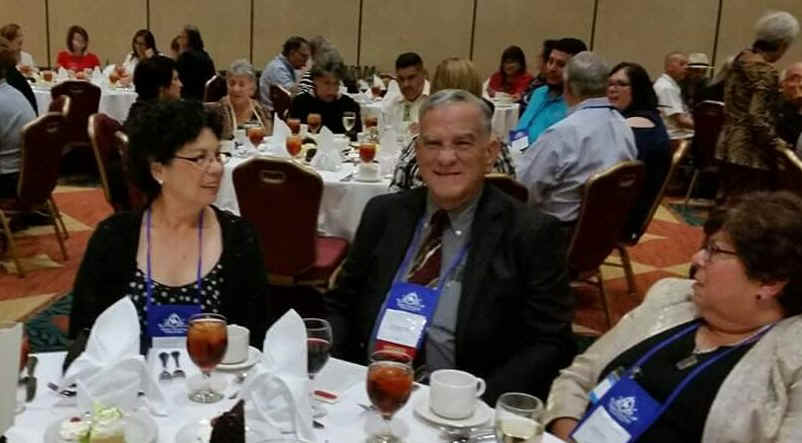
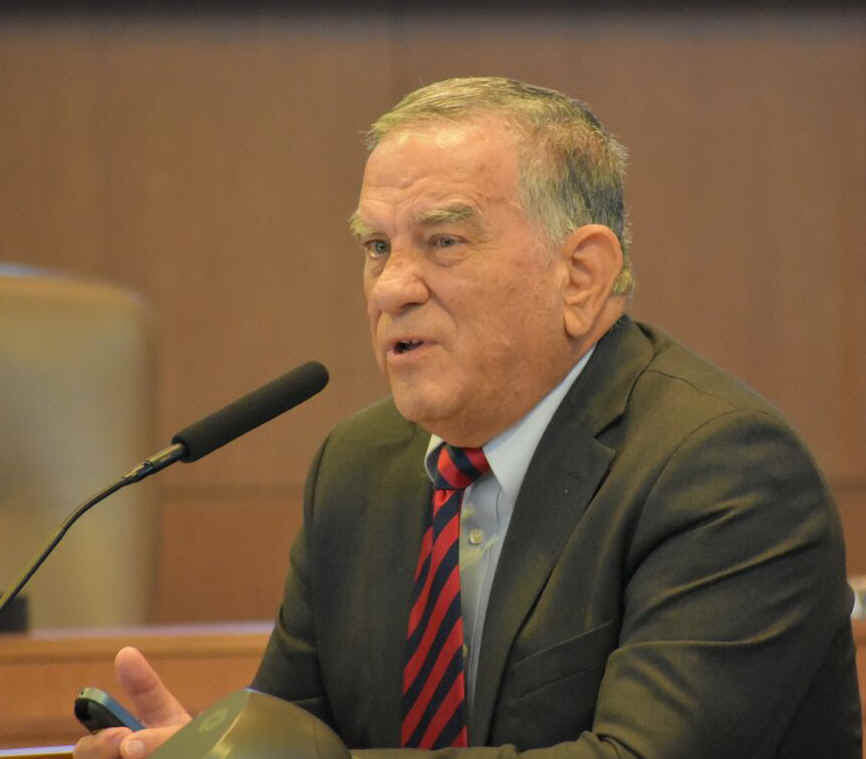

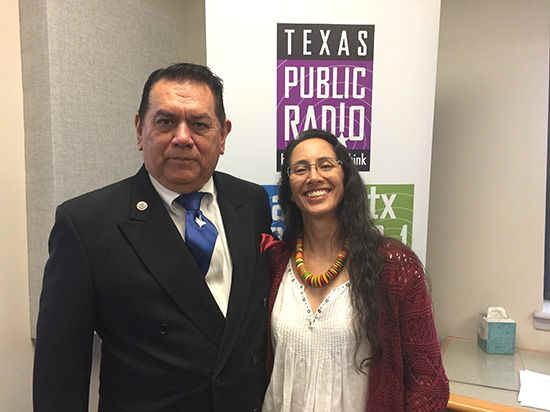

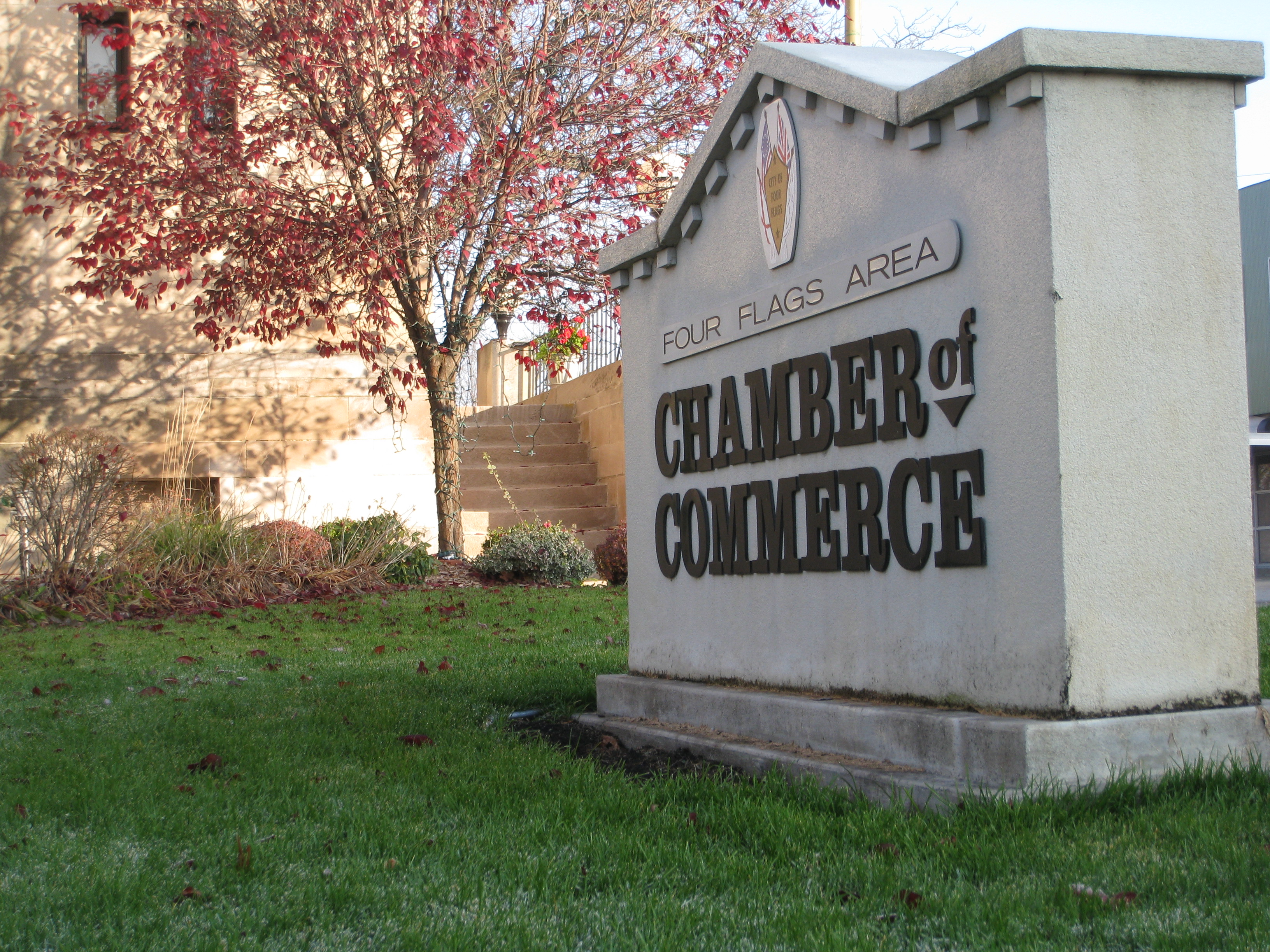
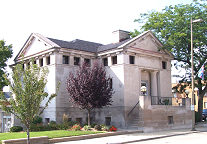




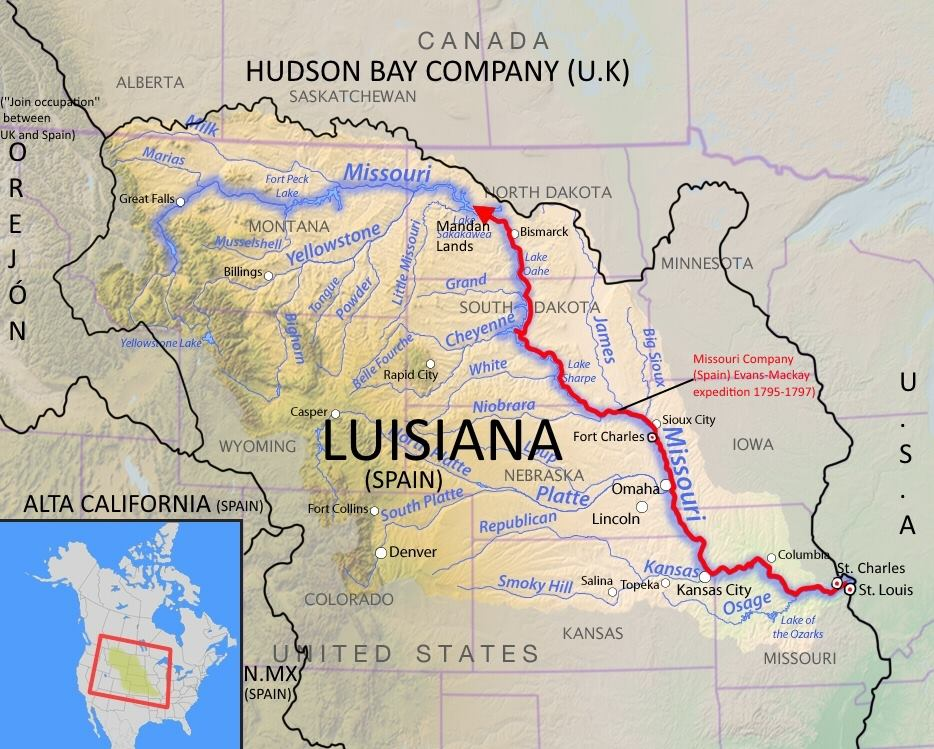
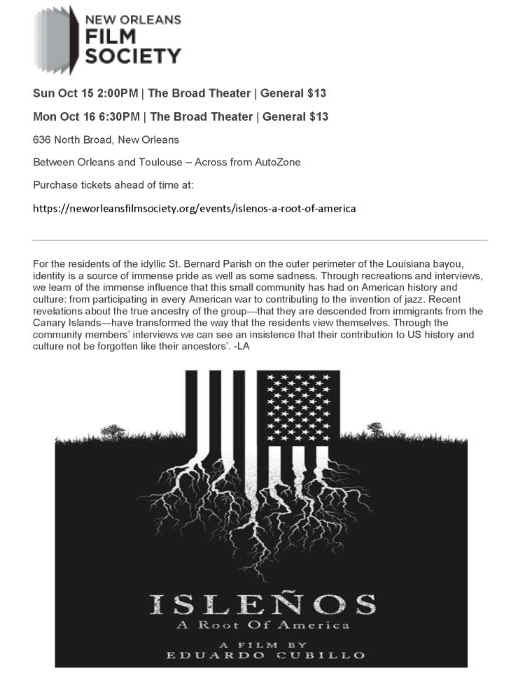
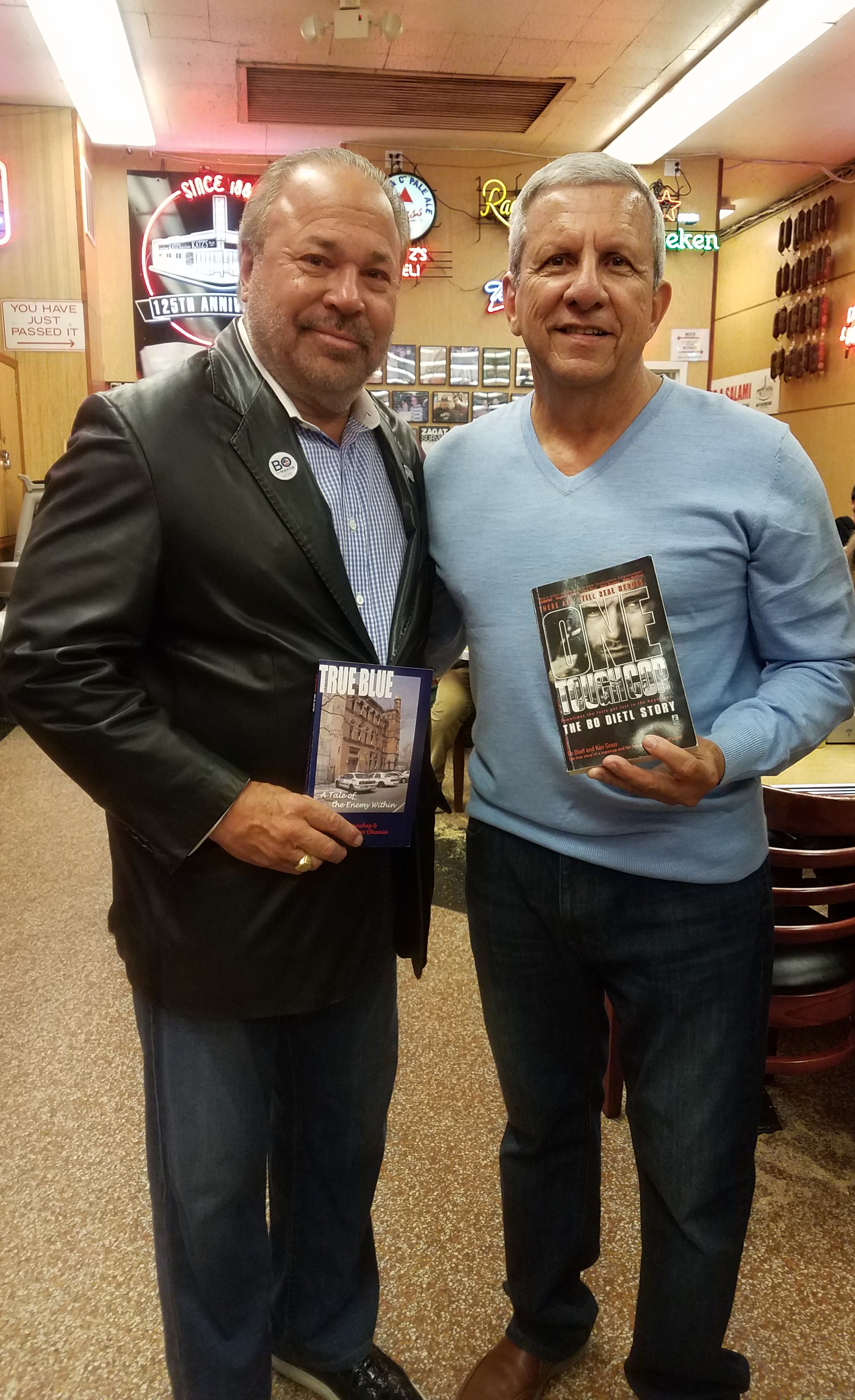 Hi,
Mimi, always glad to read and see the great photos of
people in your Somos Primos magazine. The photo
below is with me and Bo Dietl back in October 1st,
2017, at Katz's Delicatessen, on East Houston Street in
Manhattan's Lower East Side, the same day I was to attend
the Metro Opera House documentary film premiere at
Lincoln Center, of which I am in. Bo and I had lunch
with other NYPD retired cops and friends. The film premiere
was at 6 p.m. Bo is one of three candidates
running for mayor of New York City, November 7th. Bo is
holding my book "True Blue: A Tale of the Enemy
Within" and I am holding his book "One Tough
Cop"
Hi,
Mimi, always glad to read and see the great photos of
people in your Somos Primos magazine. The photo
below is with me and Bo Dietl back in October 1st,
2017, at Katz's Delicatessen, on East Houston Street in
Manhattan's Lower East Side, the same day I was to attend
the Metro Opera House documentary film premiere at
Lincoln Center, of which I am in. Bo and I had lunch
with other NYPD retired cops and friends. The film premiere
was at 6 p.m. Bo is one of three candidates
running for mayor of New York City, November 7th. Bo is
holding my book "True Blue: A Tale of the Enemy
Within" and I am holding his book "One Tough
Cop"

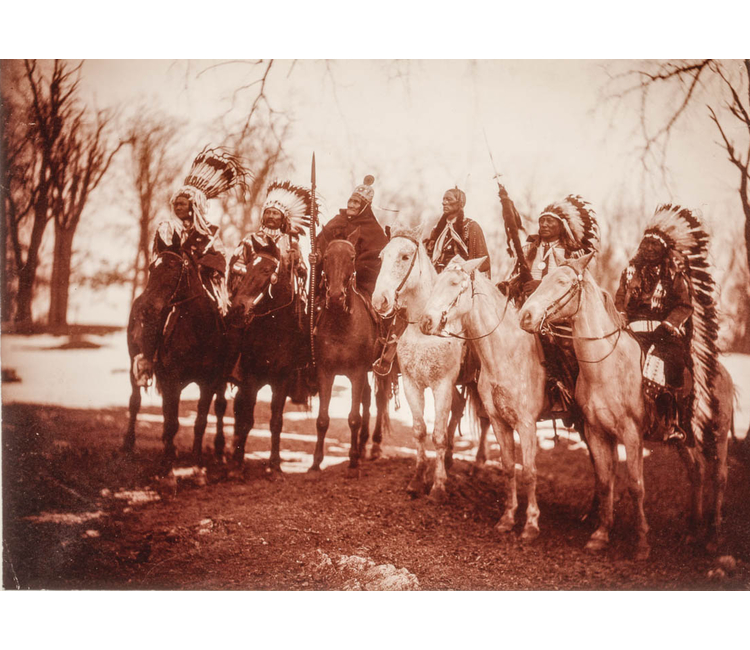
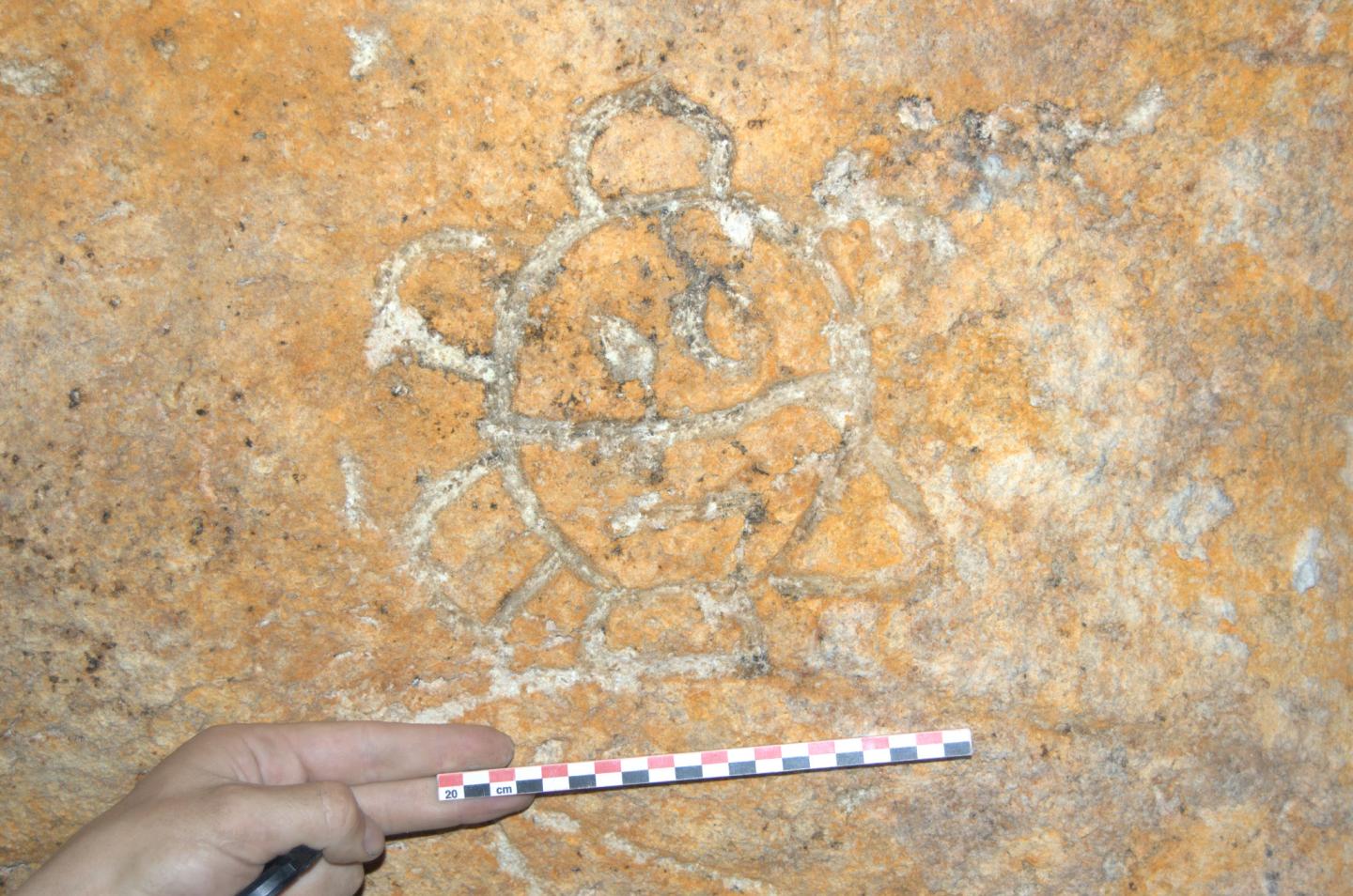
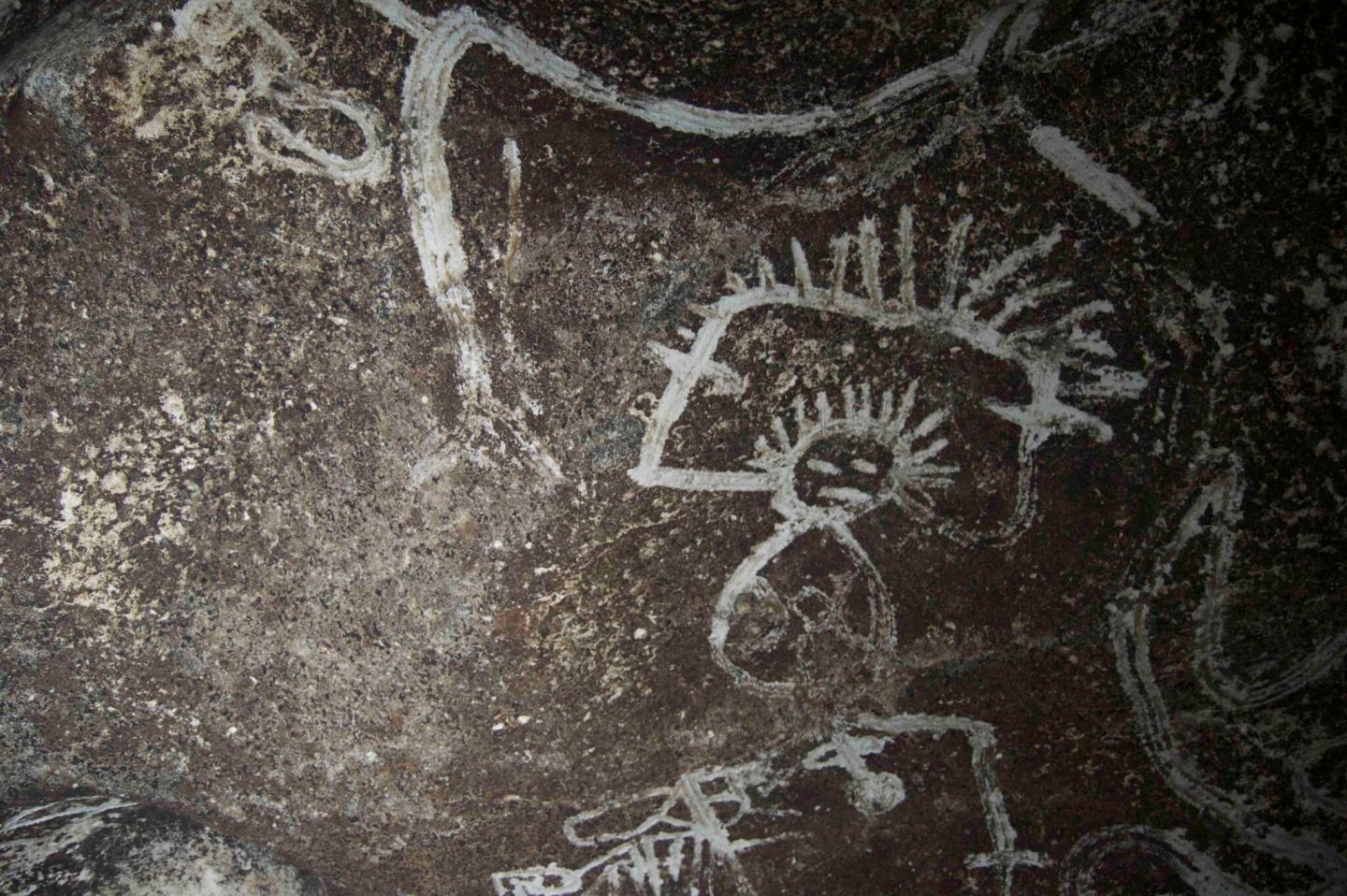

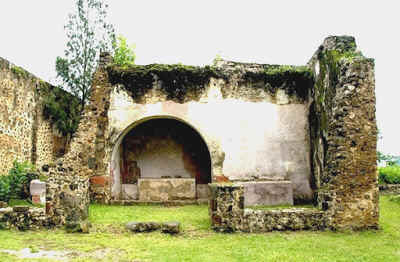
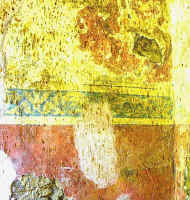
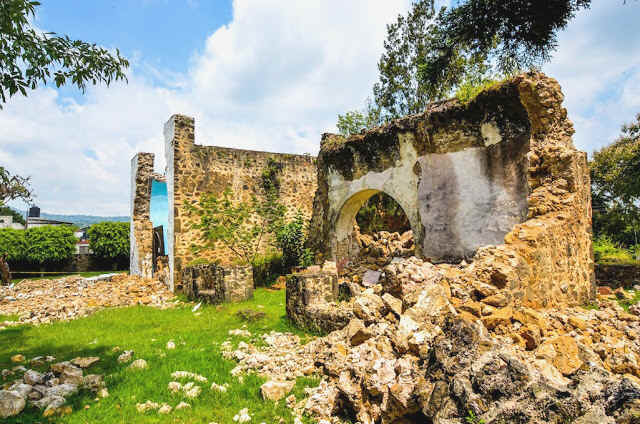
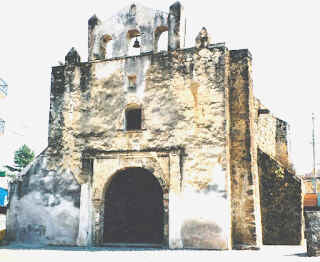
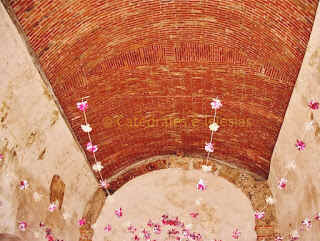
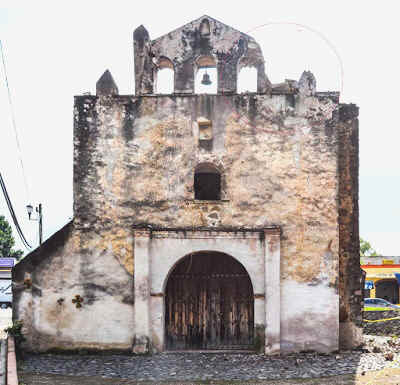
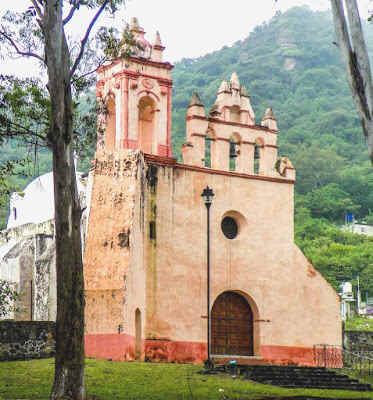
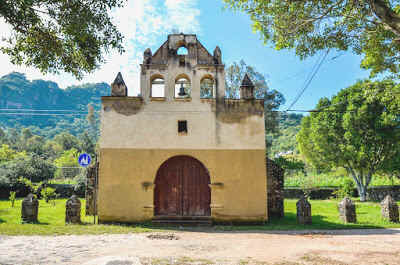
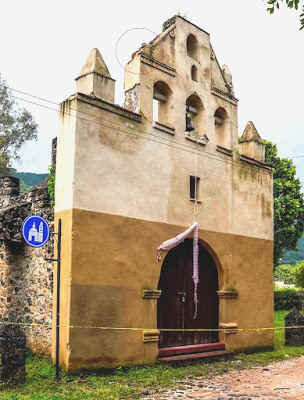
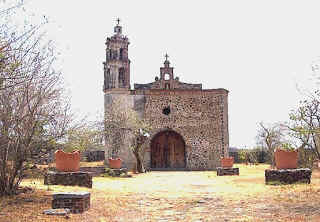
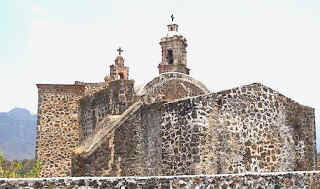
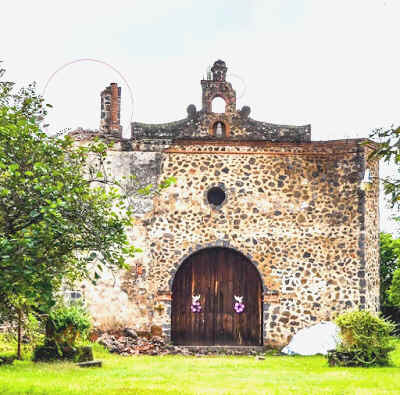
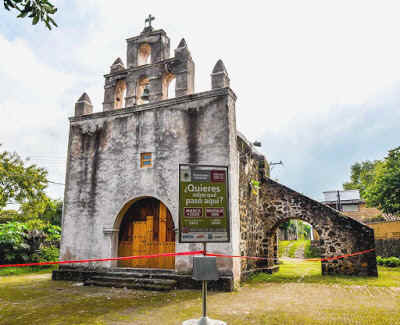
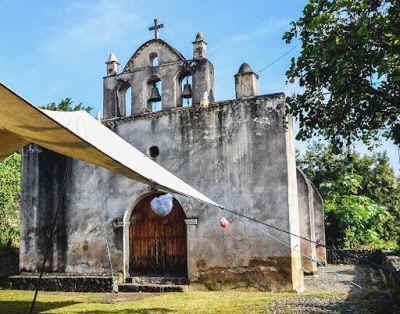
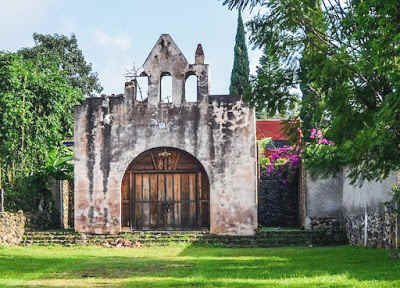
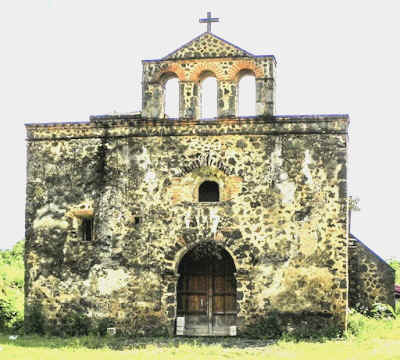
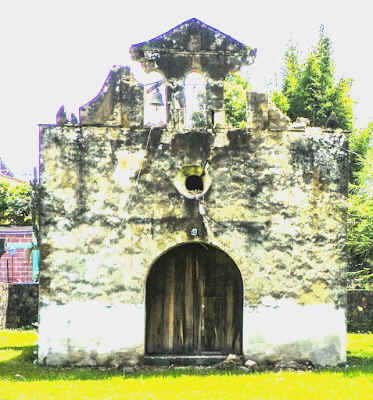
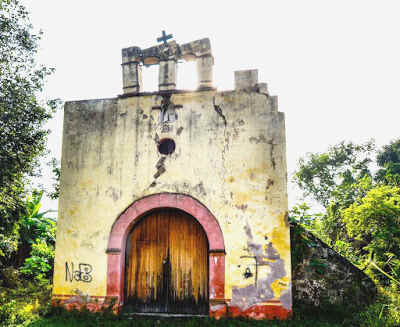
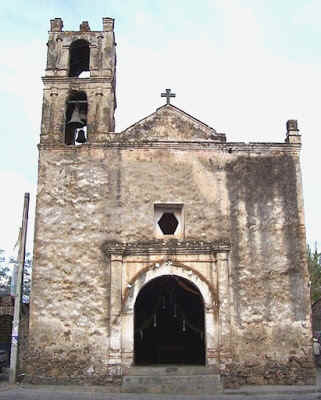
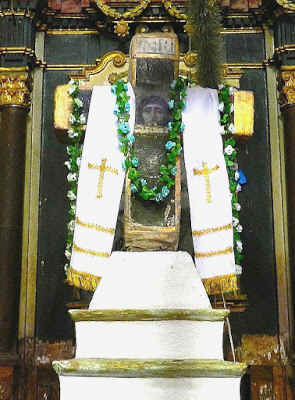
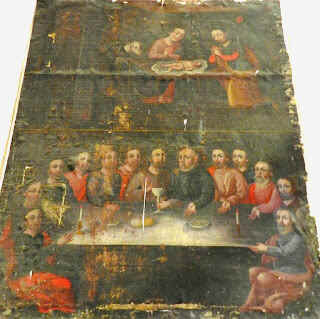
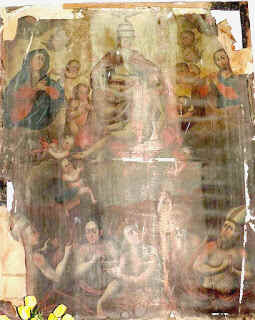
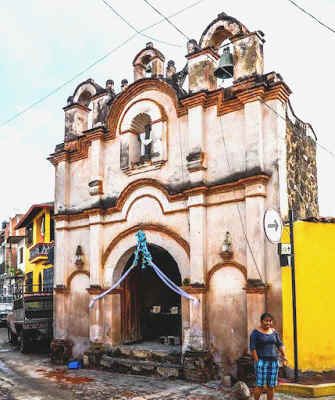
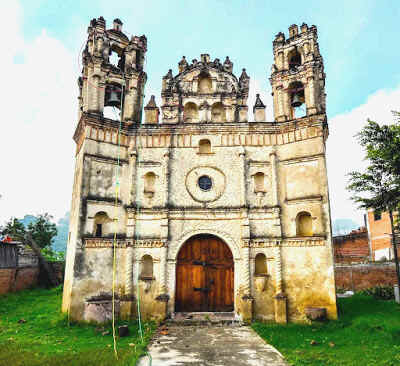
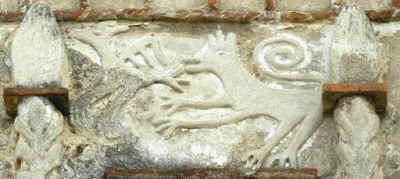
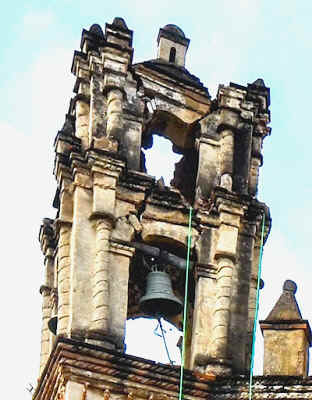
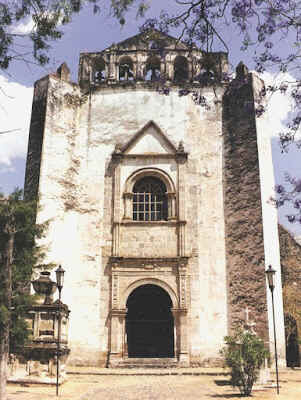
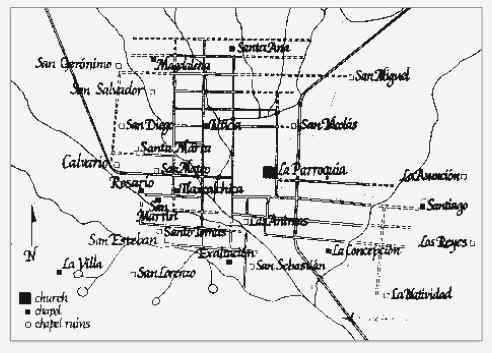
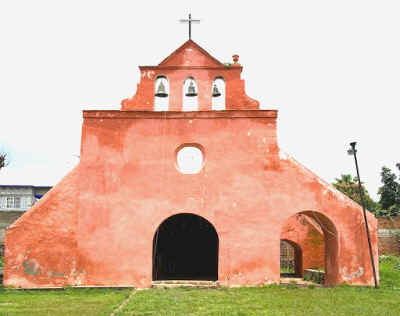
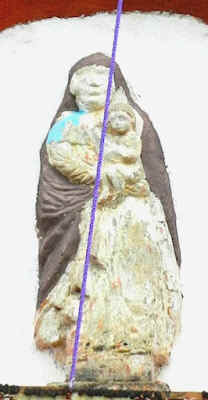
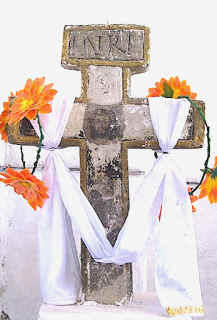
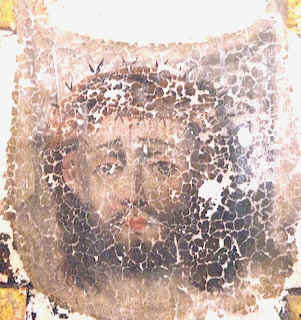
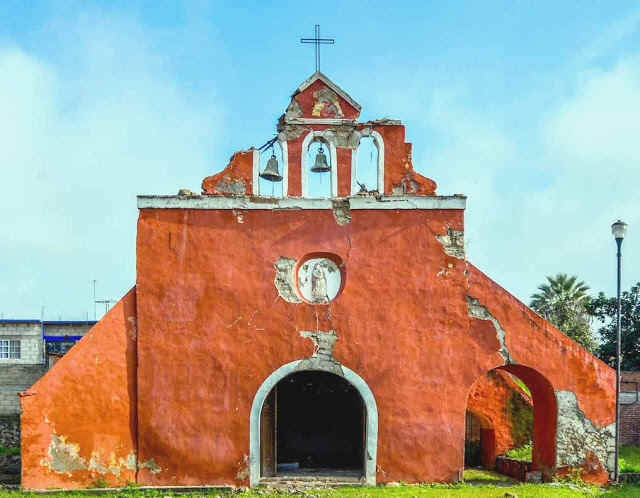
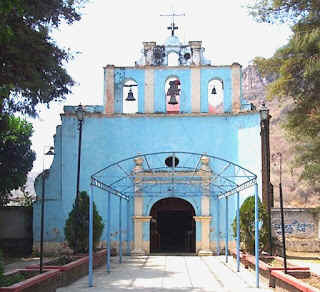
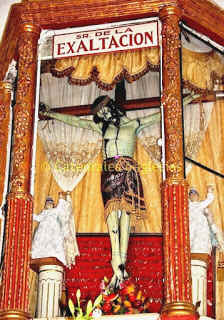
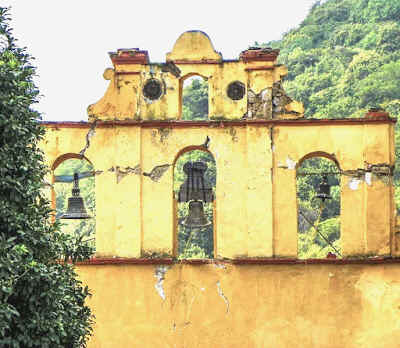
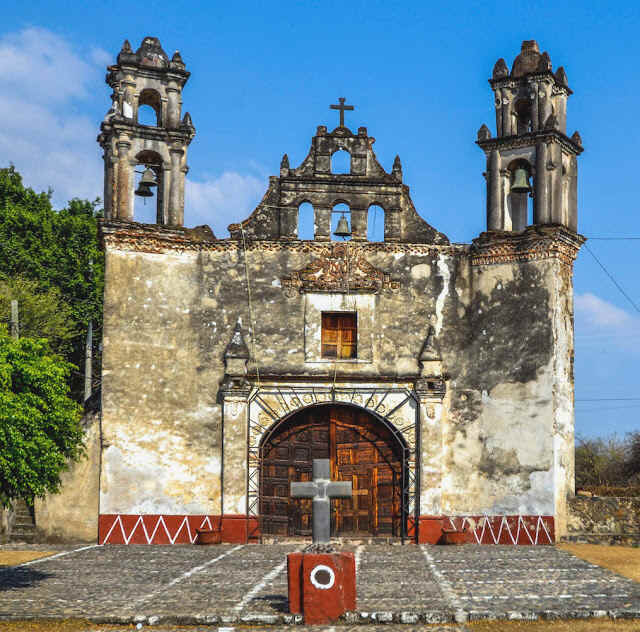
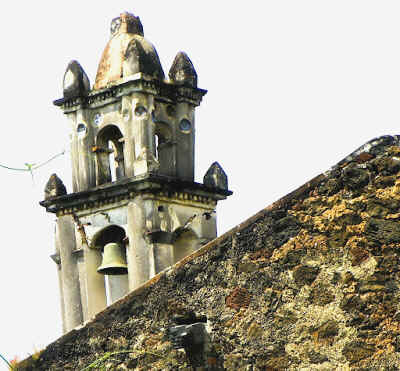
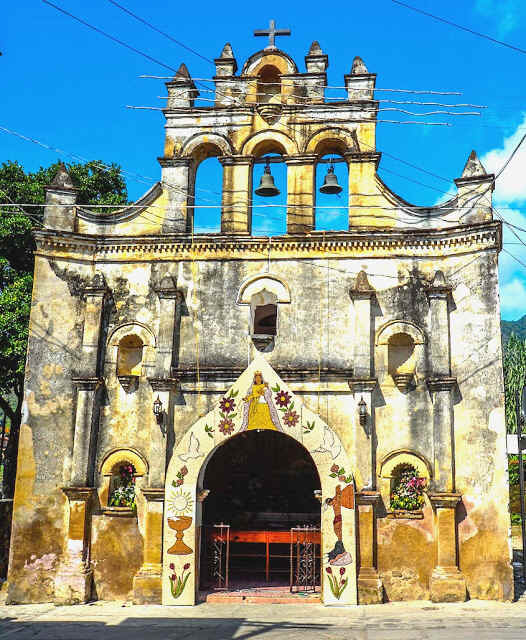
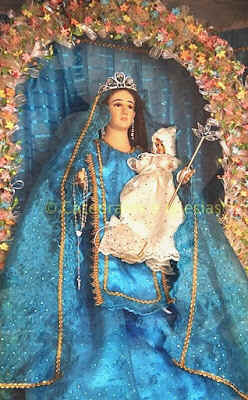
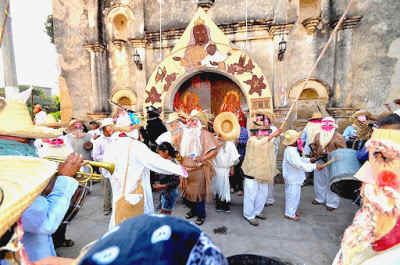
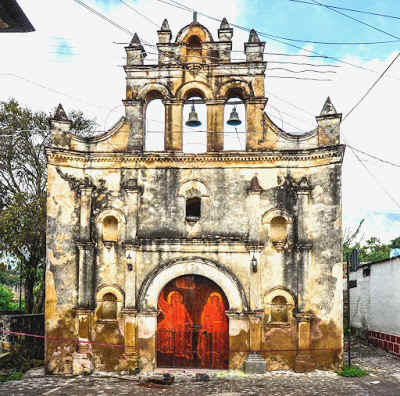
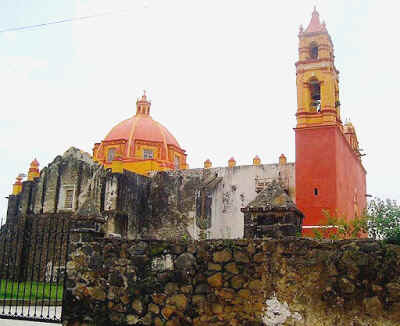
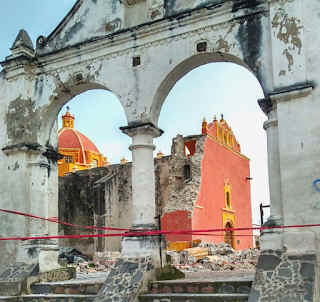
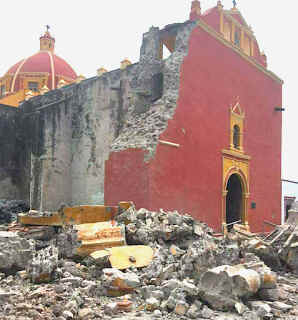
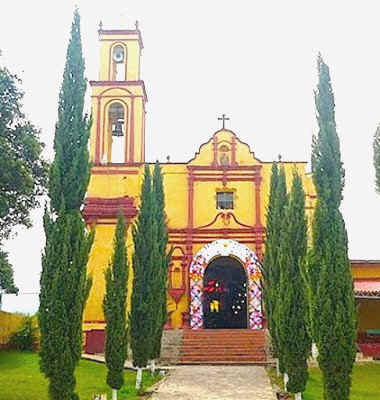
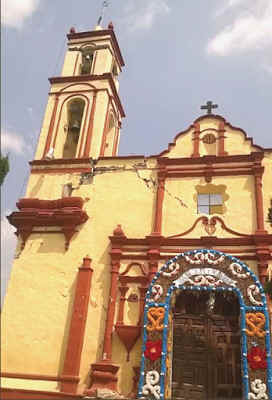
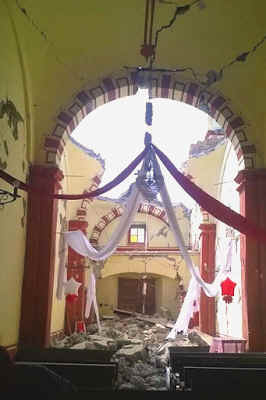

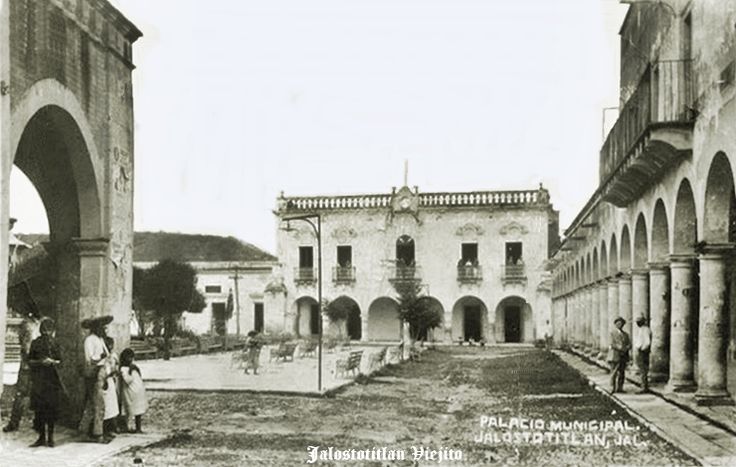
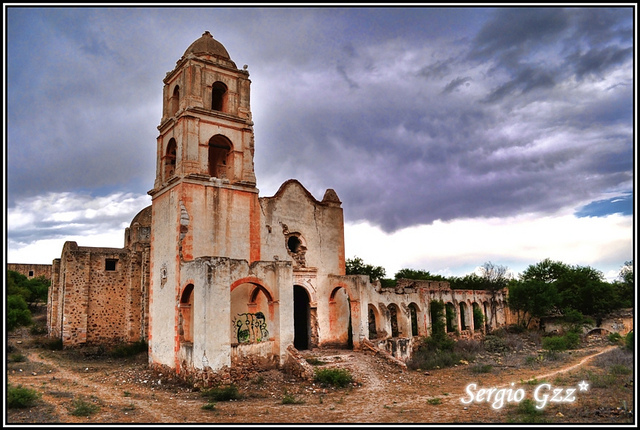
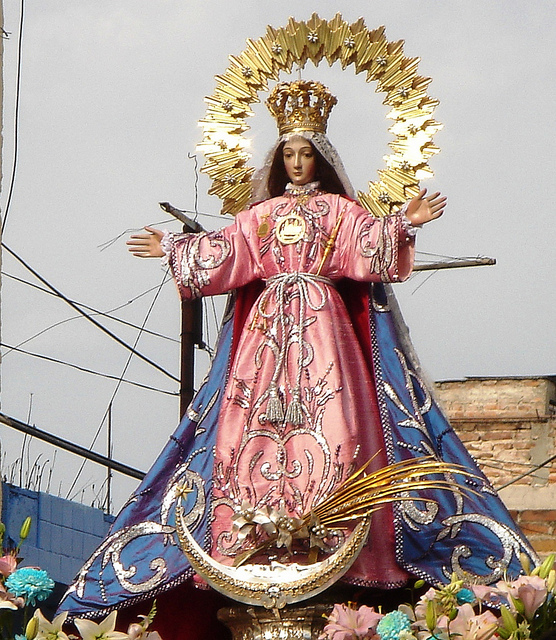
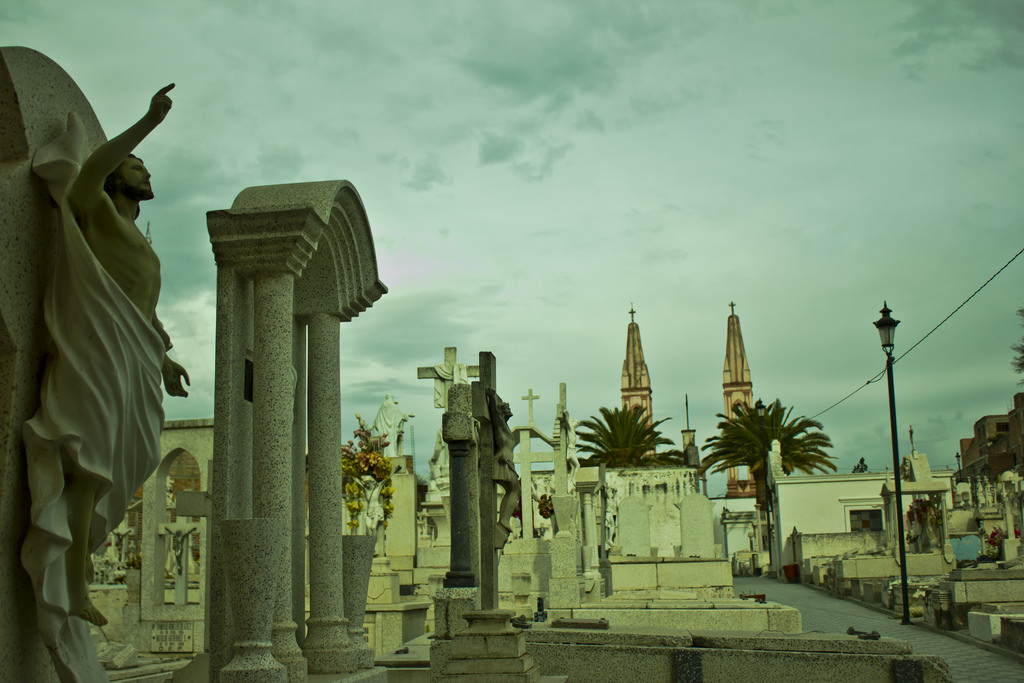
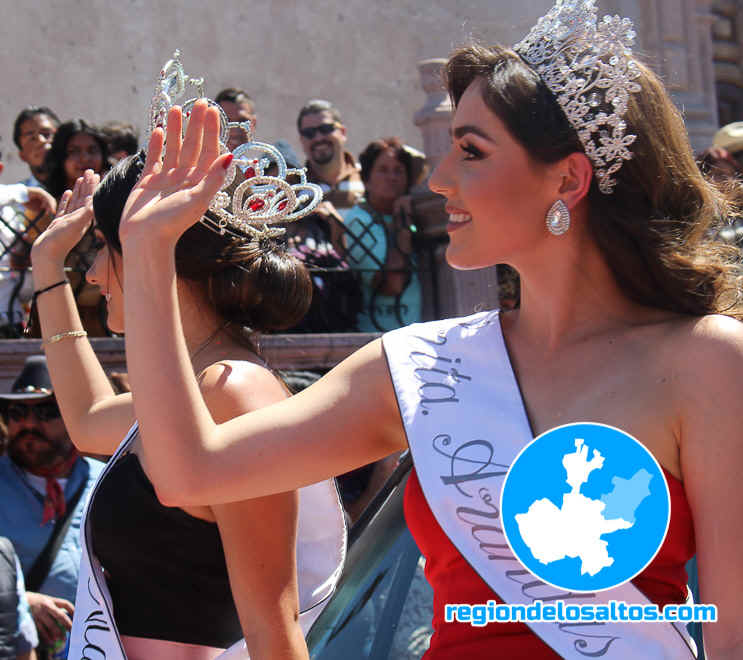
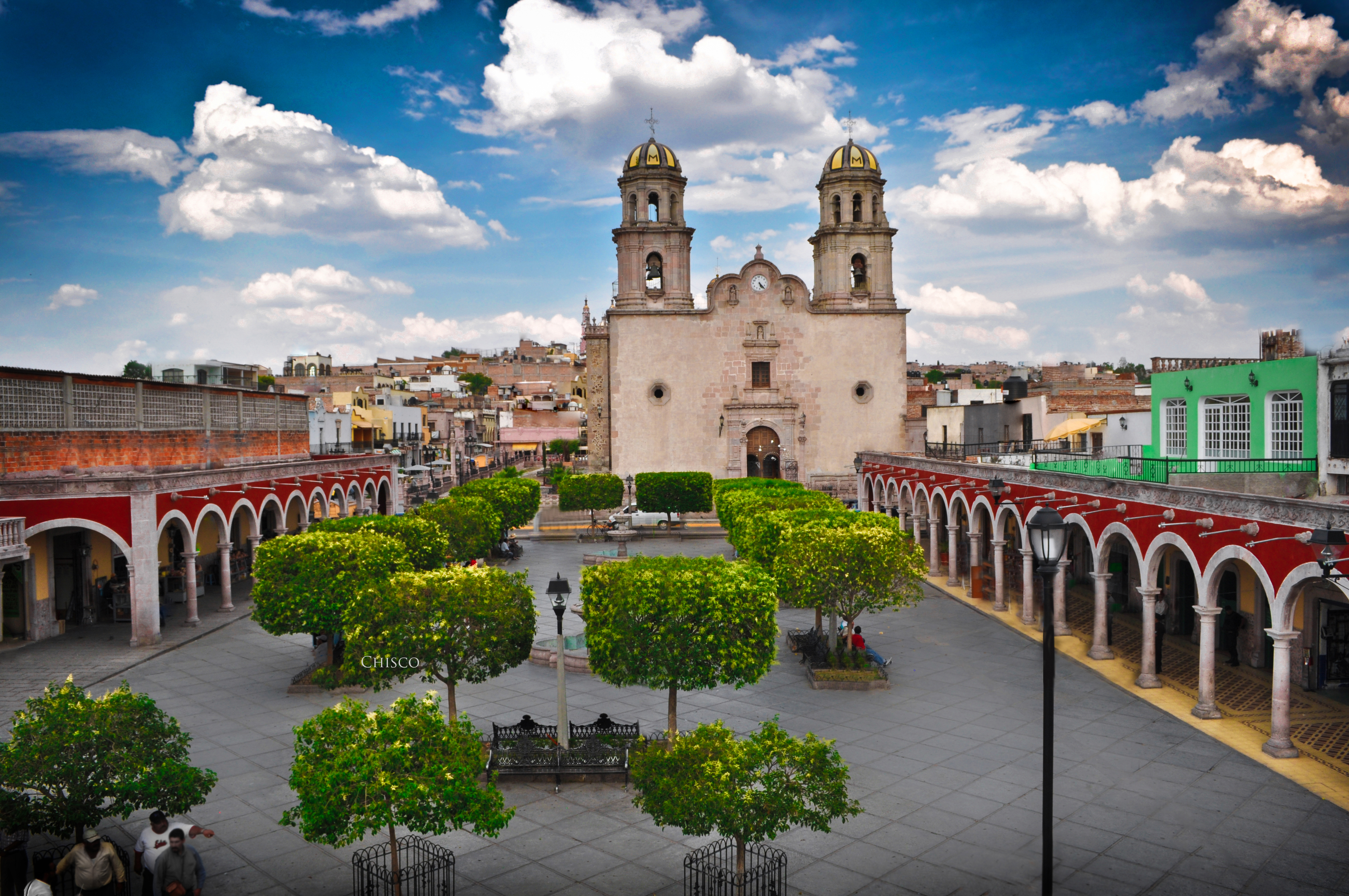
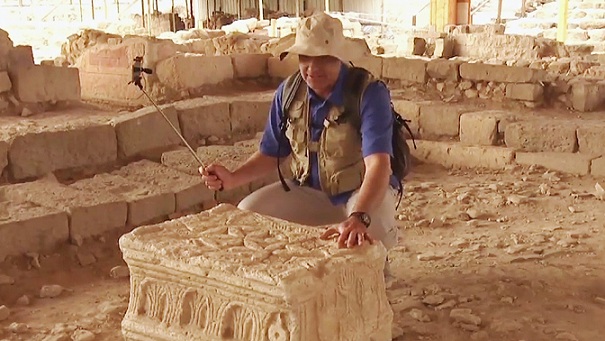
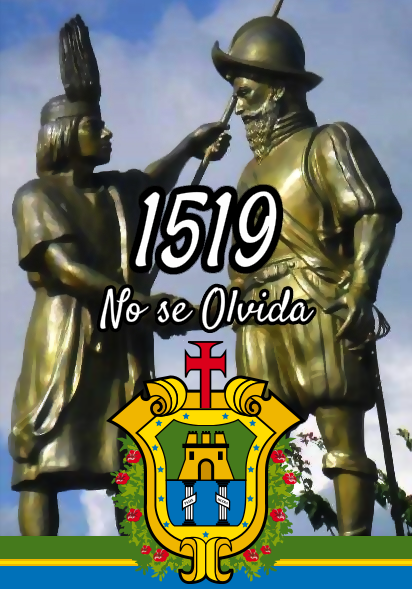
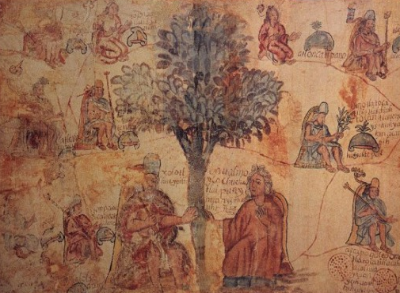
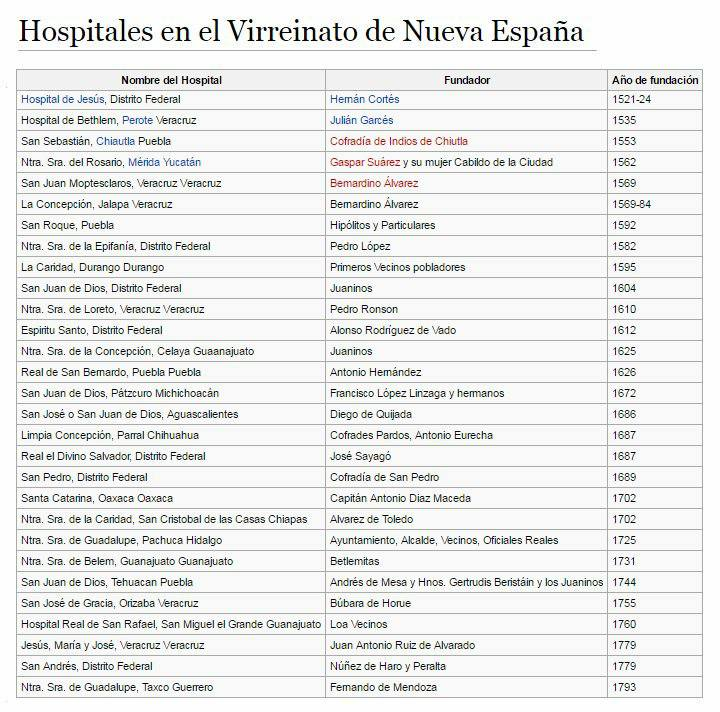
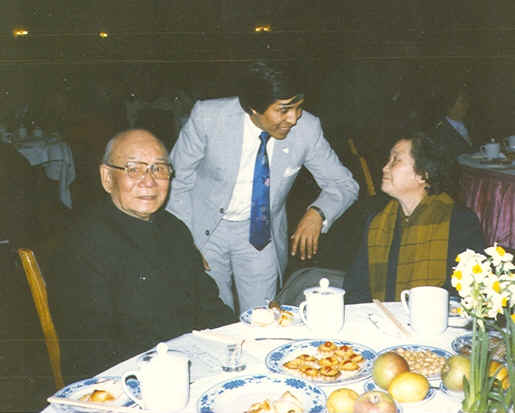
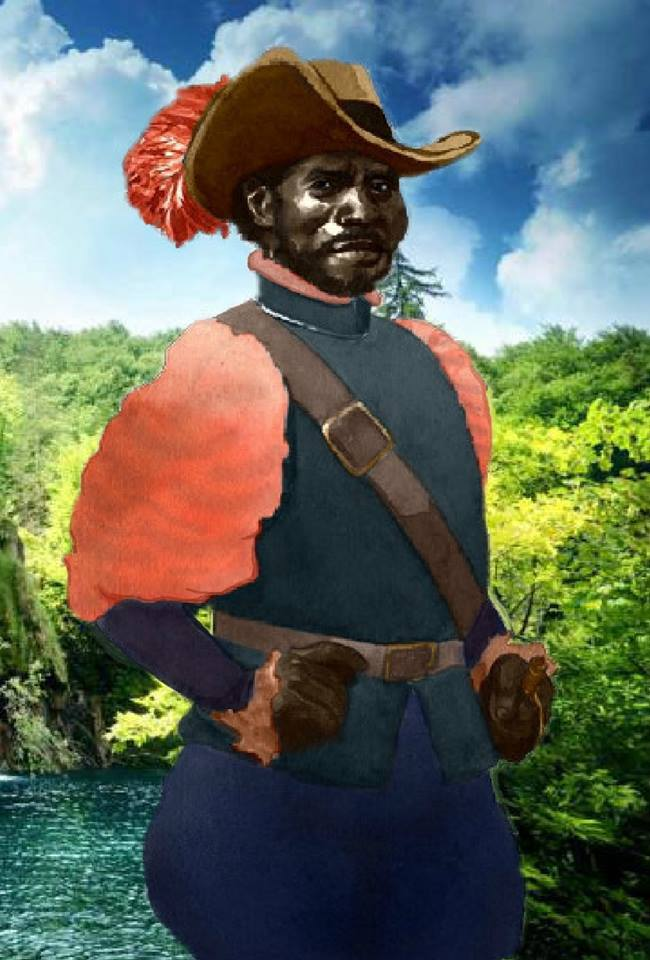
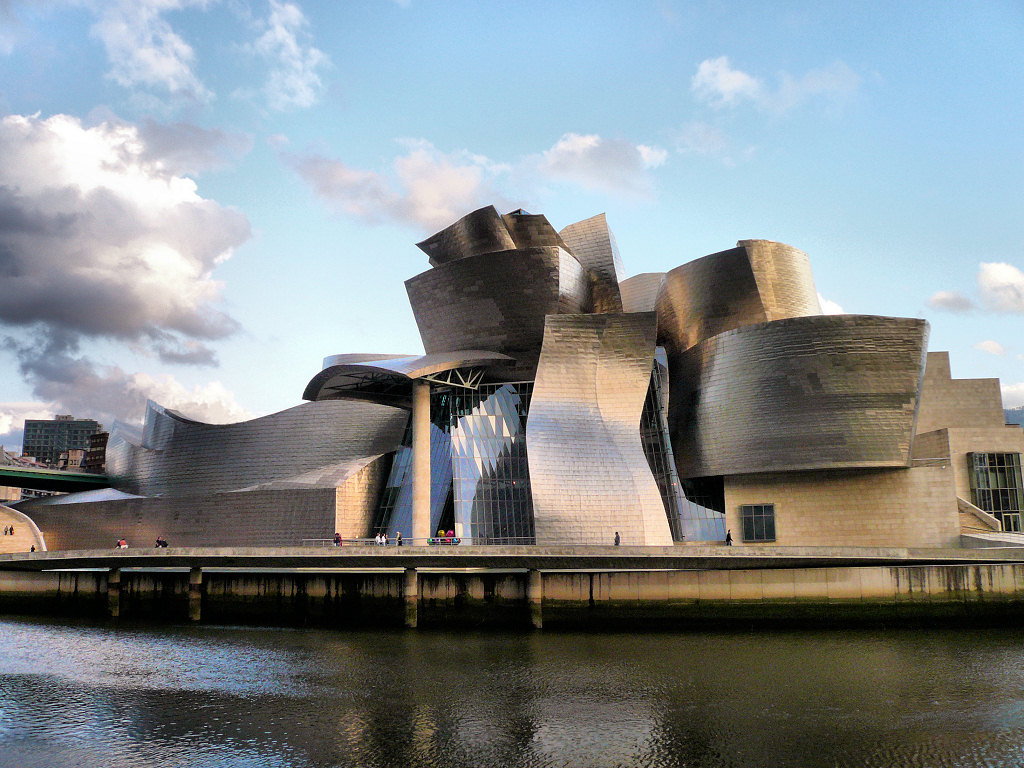

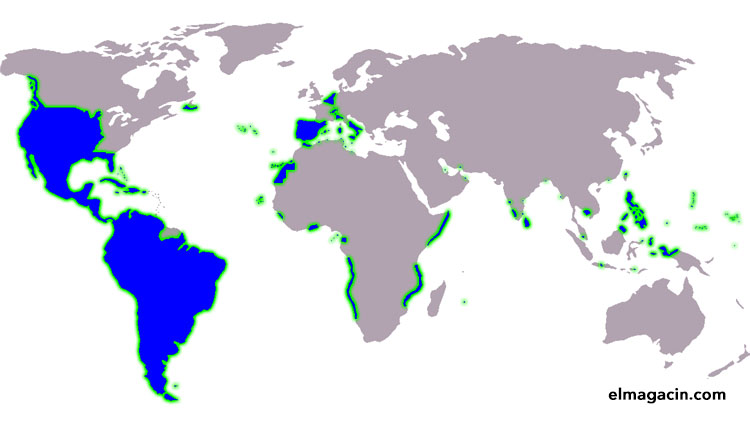
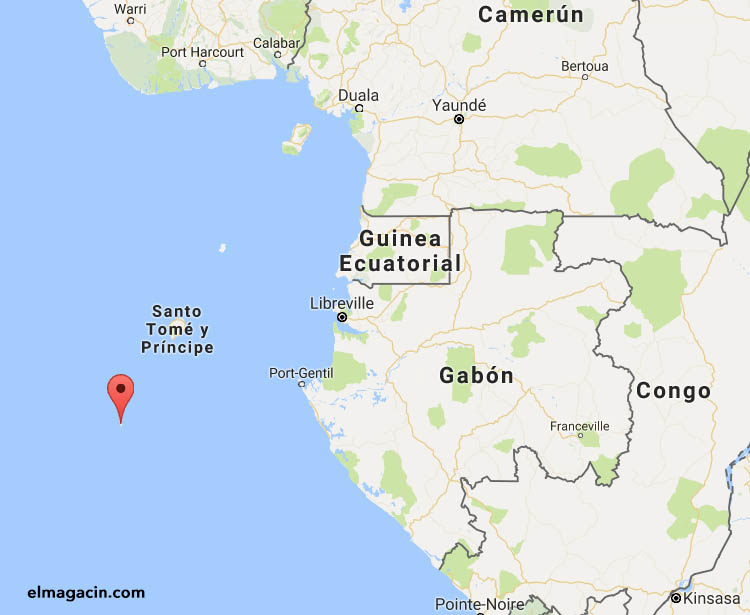

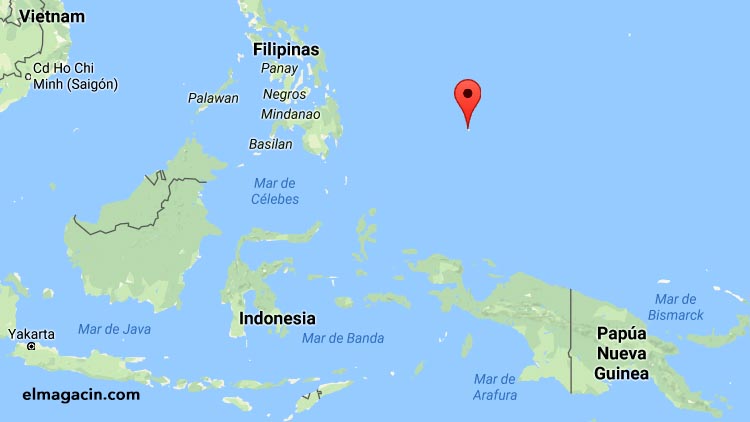

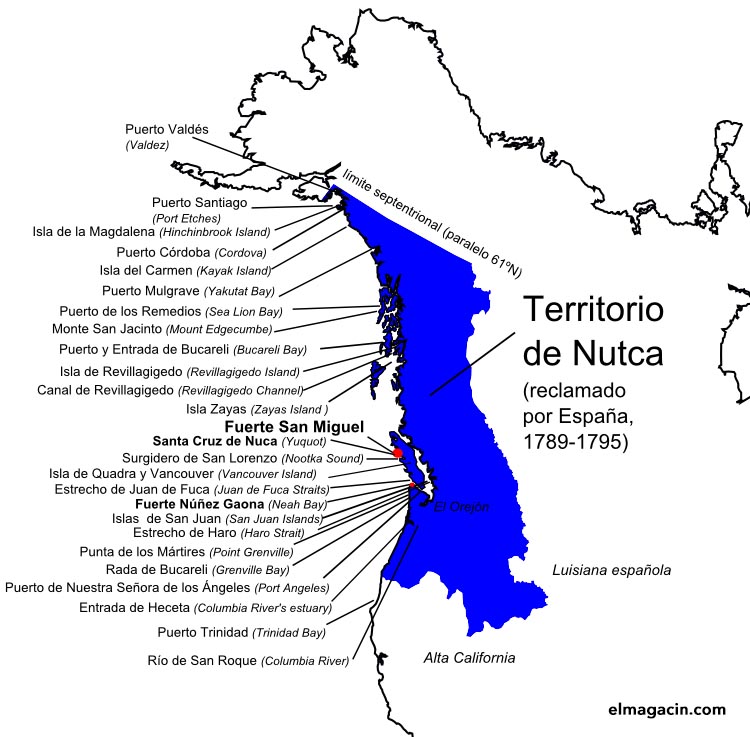
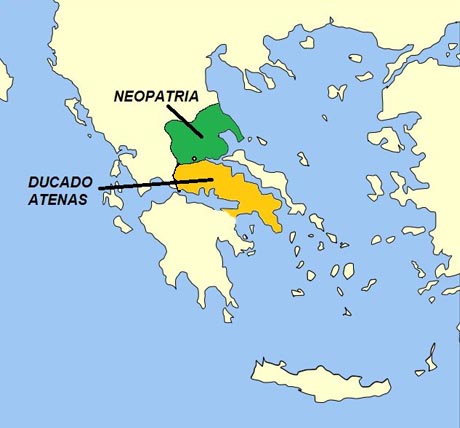
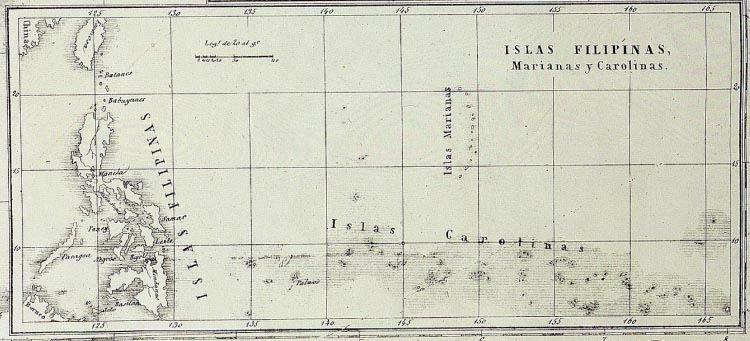


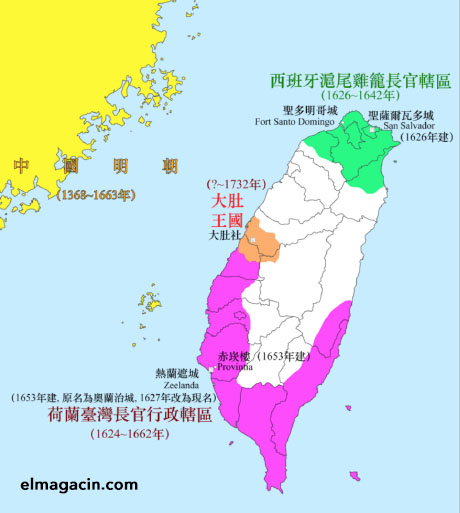
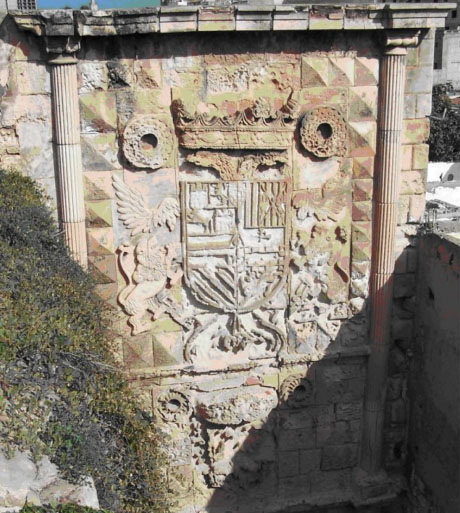
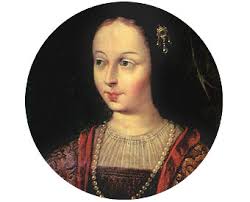 Beatriz
Galindo,
Beatriz
Galindo, 